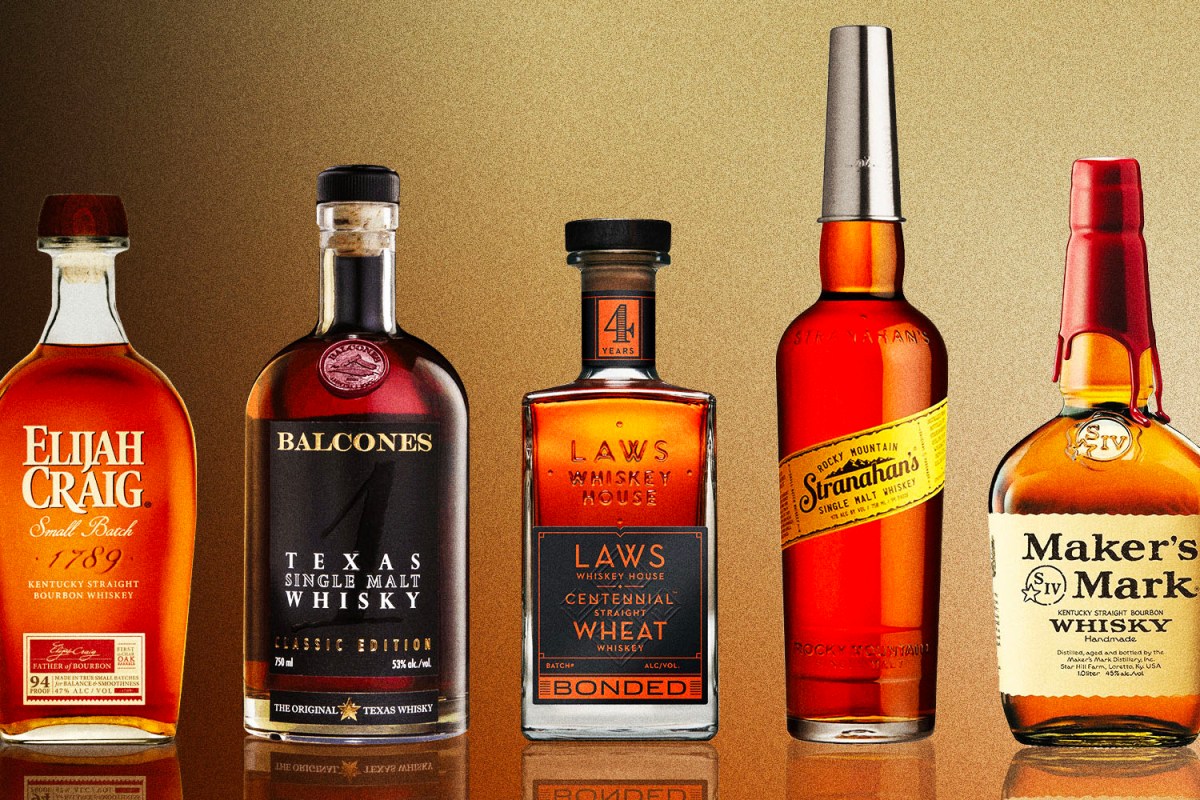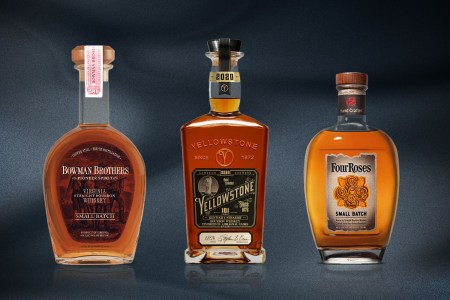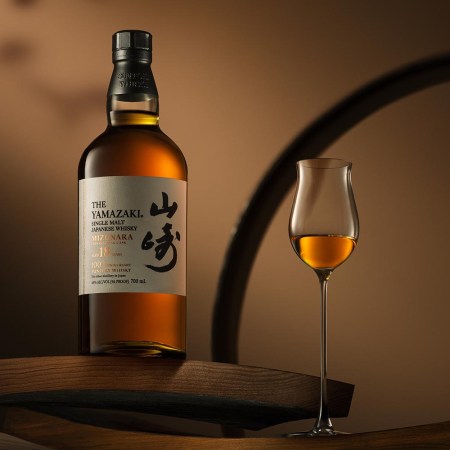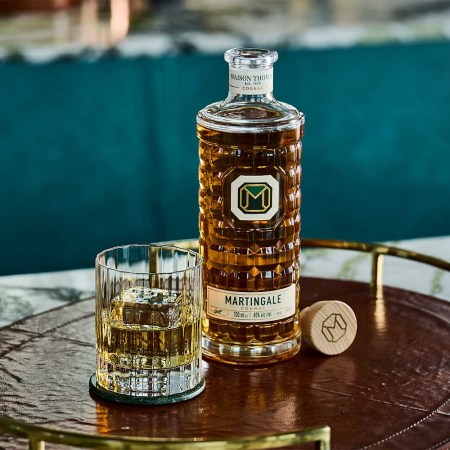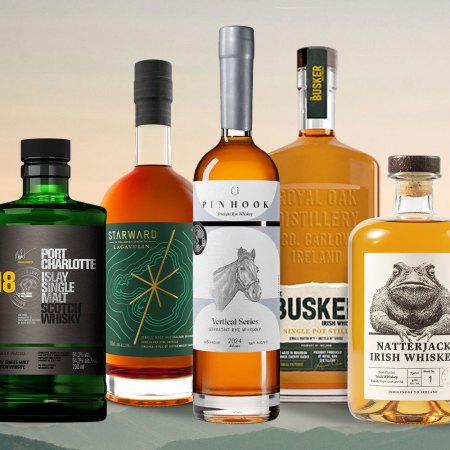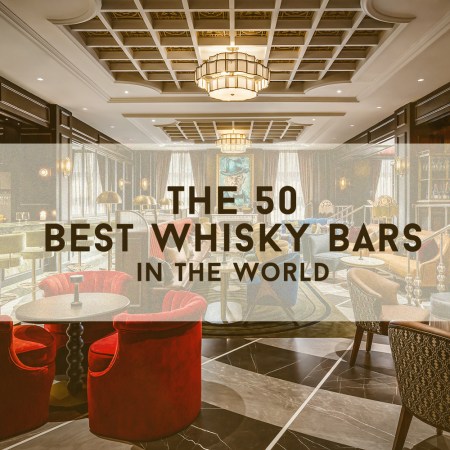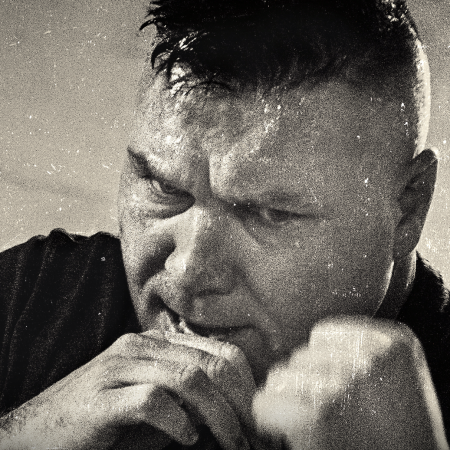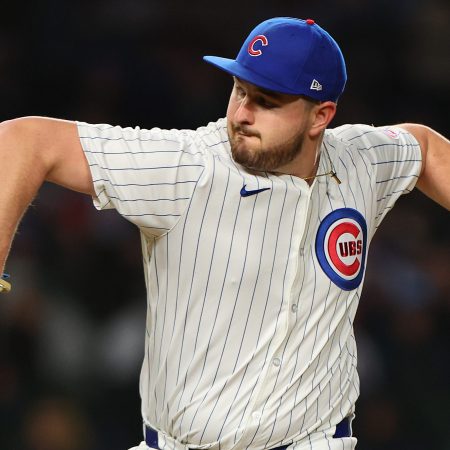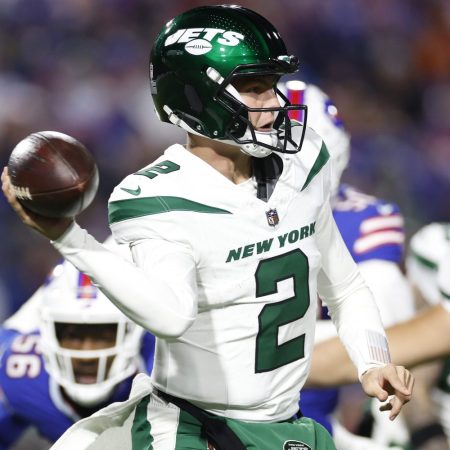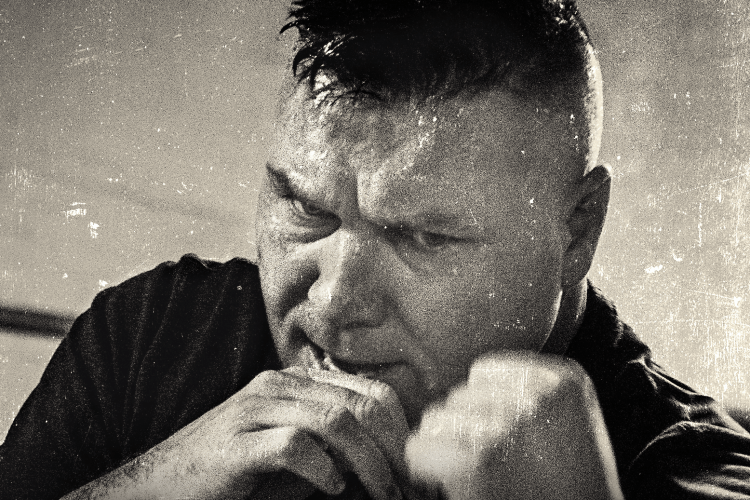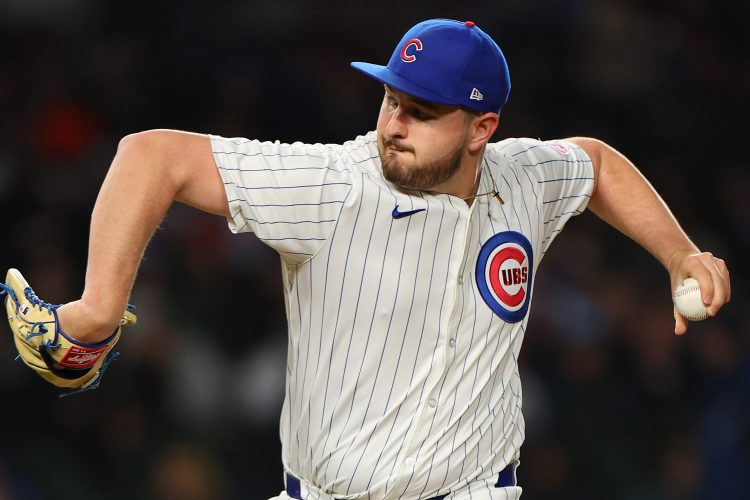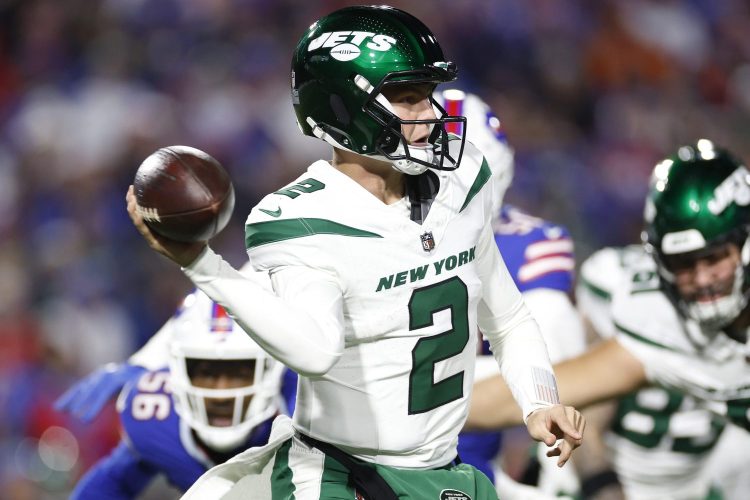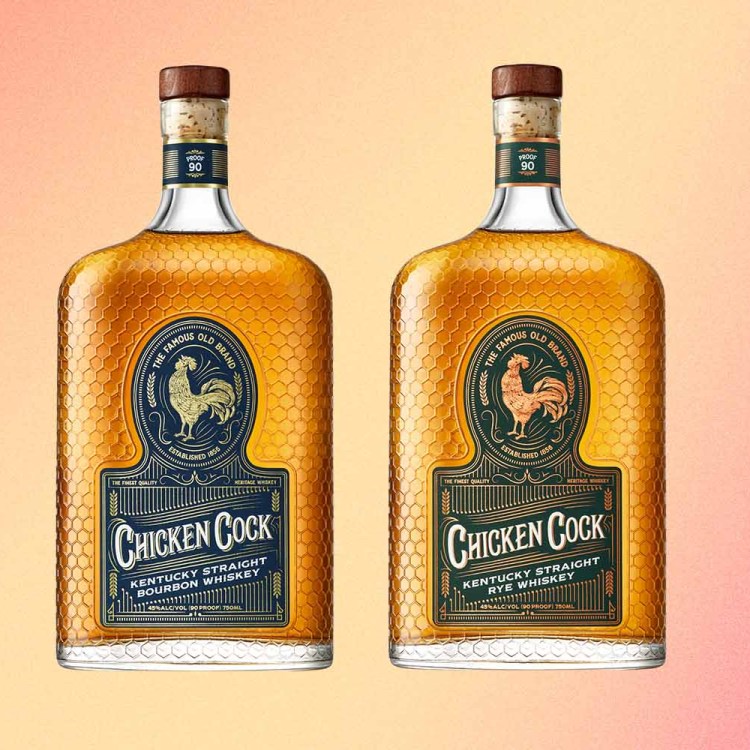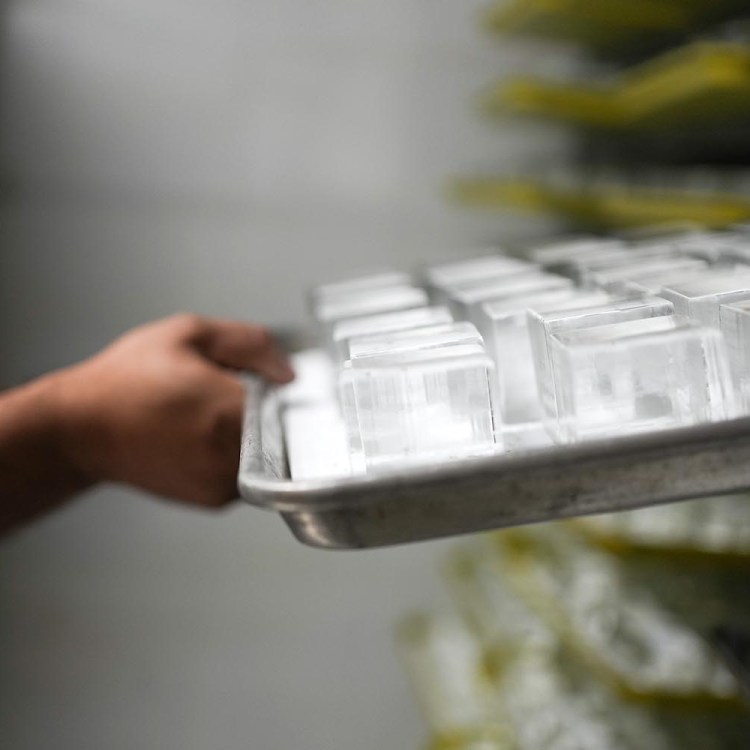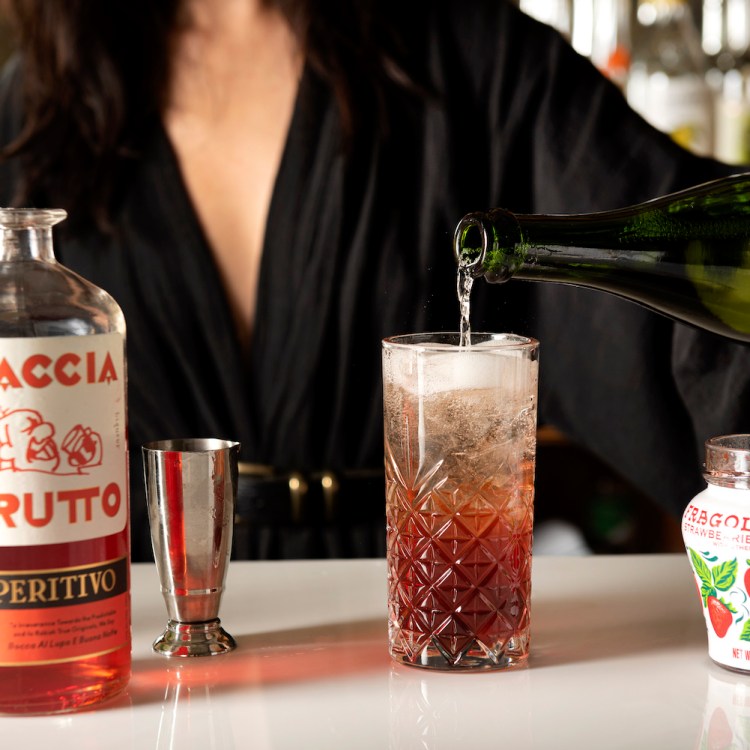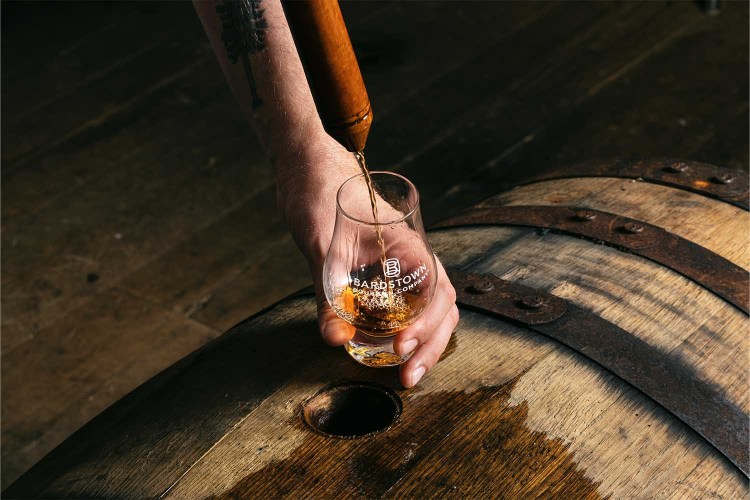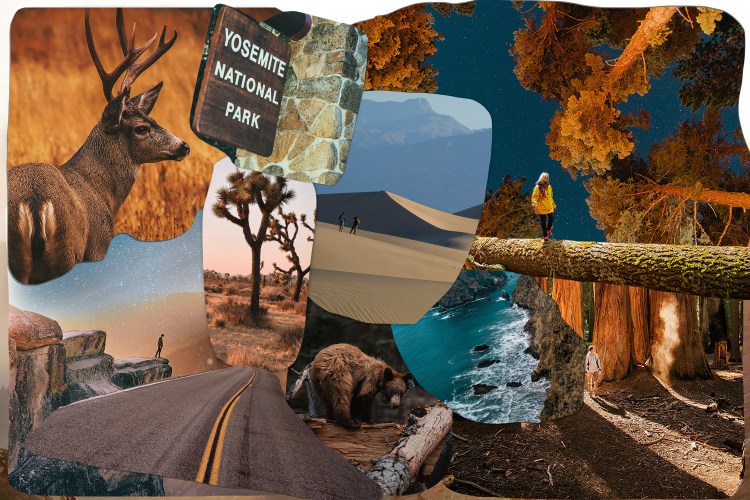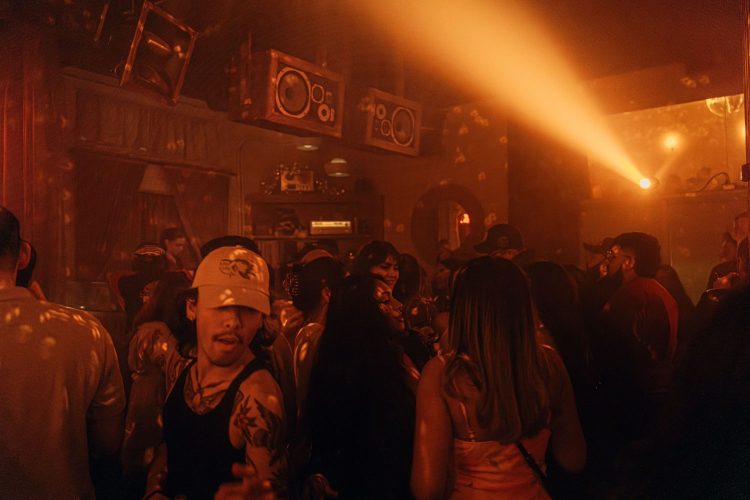(Updated list on 6/27/23)
Whiskey is not an American invention, but the best domestic iterations certainly have their own fanciful backstories and flavor profiles (we can claim bourbon and Tennessee whiskey as our own). Without spending too much time on a history lesson — though we suggest quickly familiarizing yourself with the Whiskey Rebellion, Nearest Green and the Bottled-in-Bond Act — we simply wanted to profile 50 of the best American whiskeys and bourbons we appreciate.
As with any list, there are omissions (1792, Rittenhouse, Old Overholt, Kentucky Owl, Redemption and Willet immediately spring to mind). We didn’t have room for everything we like (Oak & Eden, Broken Barrel, Sweetens Cove) and we outright probably forgot a few. And one of the most popular whiskey brands we’re still not quite sure how to discuss. Then you’ve got our criteria for inclusion, which was admittedly pretty loose — many of these hail from a few select distilleries and the larger brands they supply, but others are tiny and regional. And even though we went with 50 for thematic reasons, we did not include a whiskey from each state (sorry, South Dakota).
Still, we consider this a good overview of where American whiskey (and America!) started, where it is today and where we’re headed … with a drink in hand.
The 50 best American whiskeys and bourbons:
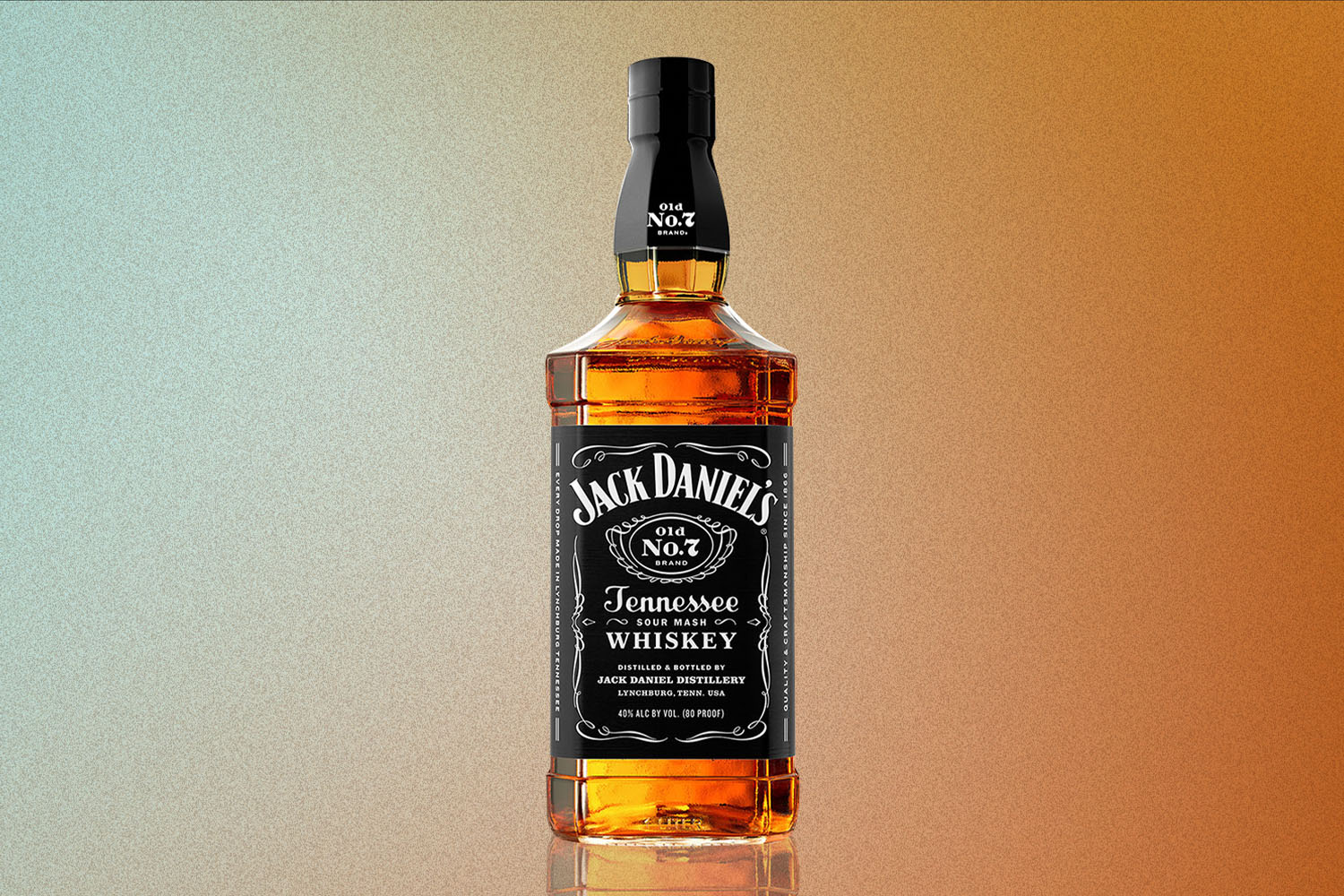
Jack Daniel’s
Back in the 1950s, Frank Sinatra held up a bottle of Jack Daniel’s on stage and called it the “nectar of the Gods.” An exaggeration, yes, but the charcoal-mellowed Tennessee whiskey was the first registered distillery in the U.S. and has maintained its iconic status throughout the years.
Drink: The new Jack Daniel’s Triple Mash Blended Straight Whiskey is an unlikely marriage of three straight Bottled-In-Bond whiskeys – 60% Jack Daniel’s Tennessee Rye, 20% Jack Daniel’s Tennessee Whiskey and 20% Jack Daniel’s American Malt. It might be the best and most versatile whiskey you can buy for $30-$35.
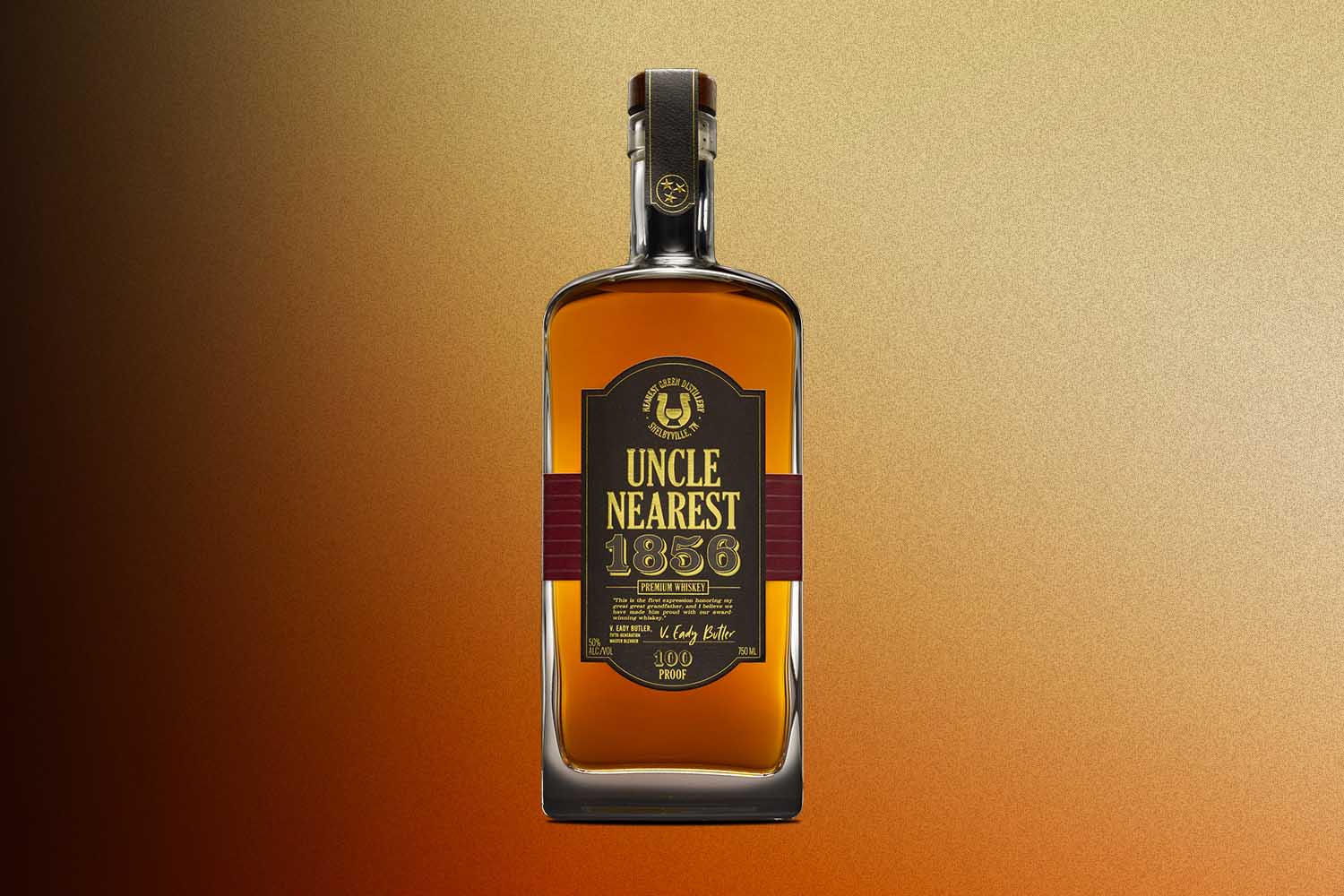
Uncle Nearest
The most important story in the history of American whiskey. The Black-owned Tennessee whiskey brand didn’t even exist a few years ago; today, it’s the fastest-growing whiskey brand in U.S. history.
Drink: The Master Blend Edition Batch 005, the first whiskey released by the distillery that was 100 percent distilled, aged and bottled by Uncle Nearest. (BTW, if you can find a bottle of 1820, horde it.)
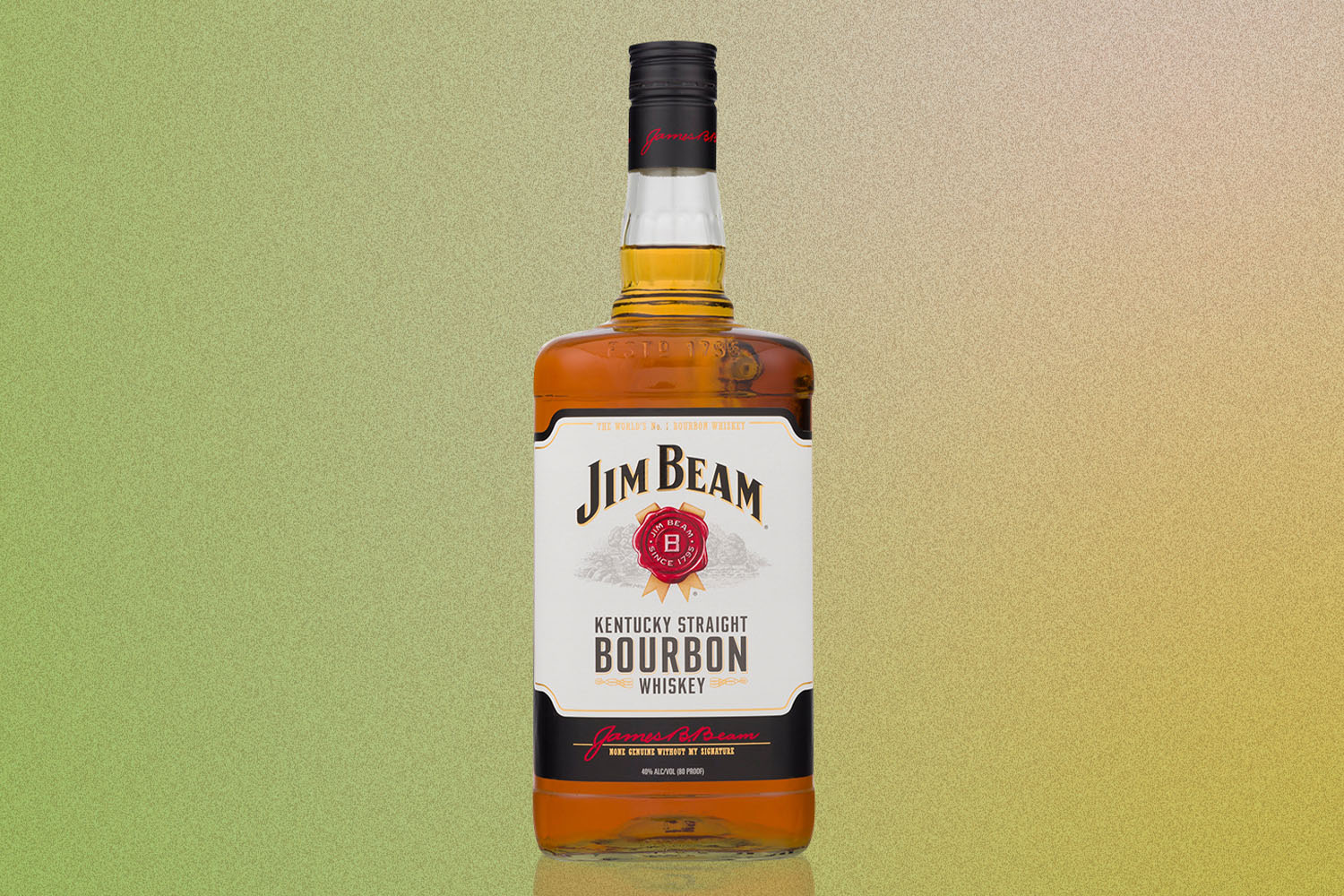
Jim Beam
Launched as Old Jake Beam Sour Mash in 1795, the world’s best-selling whisk(e)y brand has been overseen by seven generations of the Beam family. The company claims it’s been using the same strain of yeast since the end of Prohibition in 1933, and beyond the flagship brand, you’ll find some other specialty and small-batch Beam lines throughout this piece (Knob Creek, Basil Hayden, Baker’s, Booker’s).
Drink: Jim Beam Black, which is a bargain — a little higher ABV and a few extra years of aging make this an ideal (and sub-$30) everyday sipper.
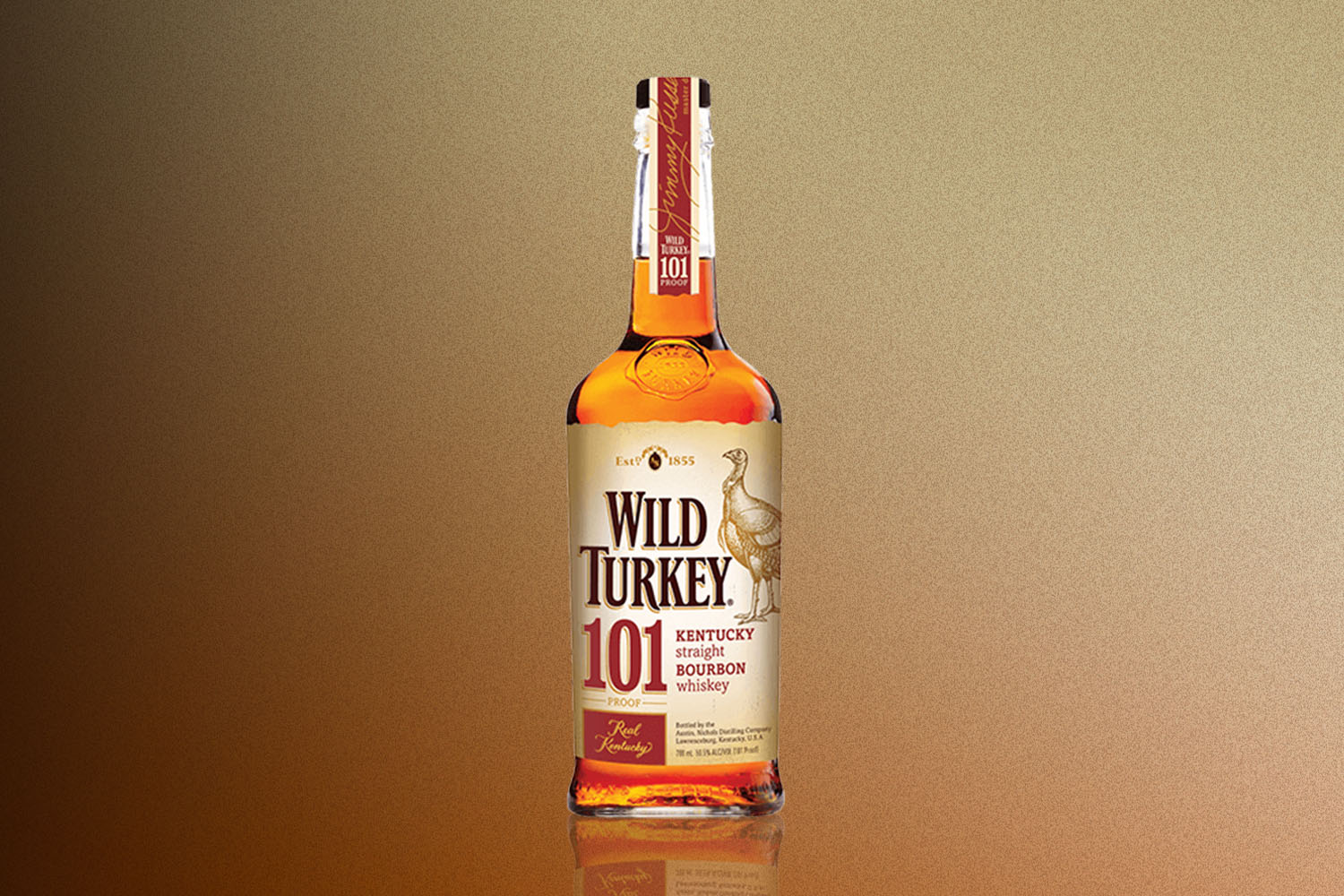
Wild Turkey
The Russell family has presided over a remarkable run for the bourbon brand for six decades; in that time, WT has become the best-selling American whiskey, and both of WT’s Master Distillers, Jimmy and Eddie Russell, have been enshrined in the Kentucky Bourbon Hall of Fame. (The Russells also oversee the equally excellent Russell’s Reserve line.)
Drink: 101 is still a favorite, offering notes of vanilla, baking spices, oak and orange peel, with a bit of kick from the rye. Given that cheaper bourbons sometimes suffer from a lack of maturation, the aging on 101 (between 6-8 years) certainly levels out the flavors. We recently coined 101 our favorite everyday bourbon.
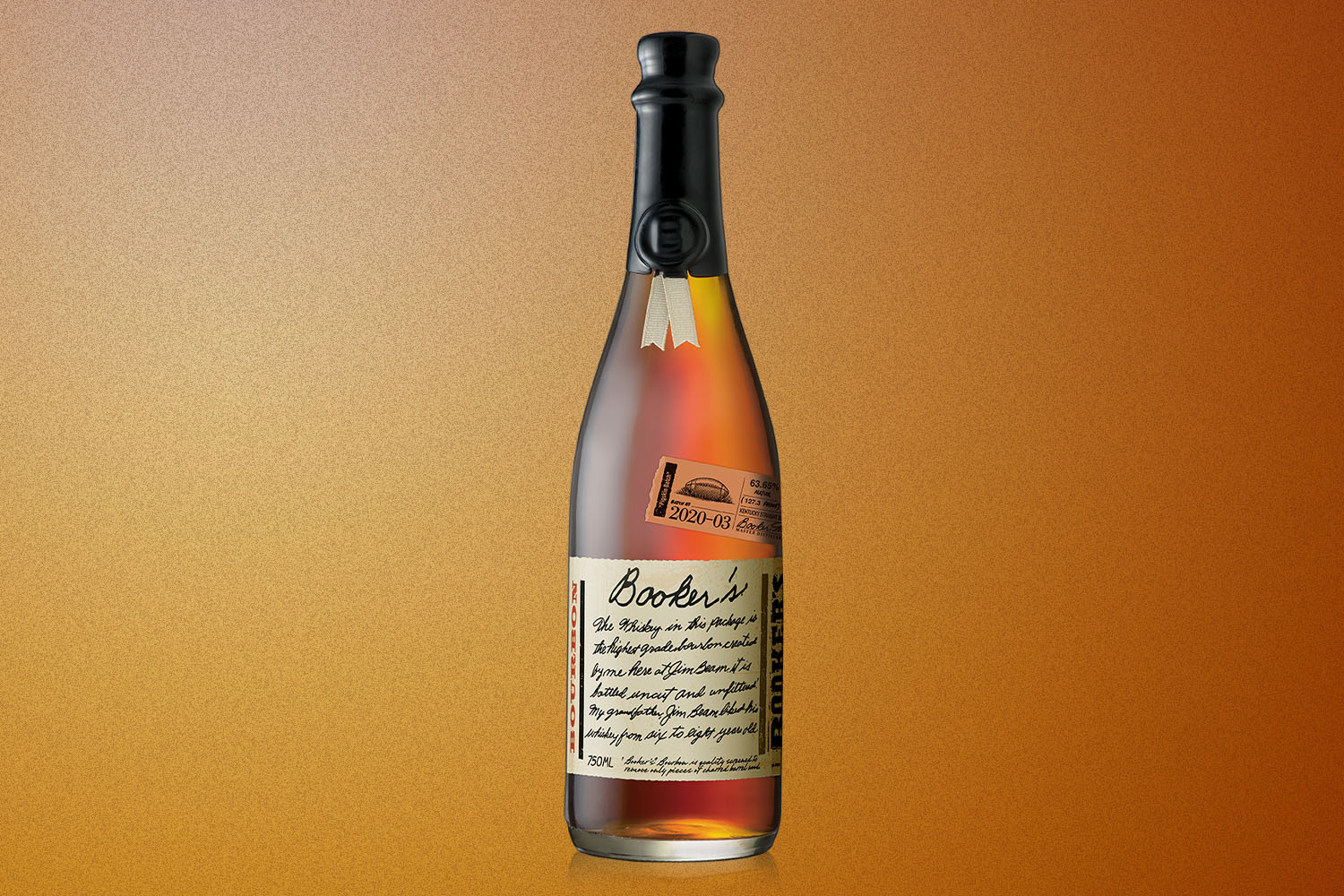
Booker’s Bourbon
Booker’s only releases barrel-strength bourbon and puts as much emphasis on the location of the barrels in their warehouses as anything else. The hooch here is overseen by seventh-generation Master Distiller Fred Noe; he named it after his late dad Booker — a Master Distiller for 40 years and son of Jim Beam’s daughter, Margaret Noe — who actually coined the term “small batch” bourbon.
Drink: Booker’s Batch 2020-03 “Pigskin Batch” is a loosely football-themed release with baking spices and vanilla on the nose and candied fruit on the palate. It coats the mouth nicely and the finish is long and warm.
Does “Small Batch” Whiskey Actually Mean Anything?
The phrase has no official definition, but it means a lot when it comes to your spirits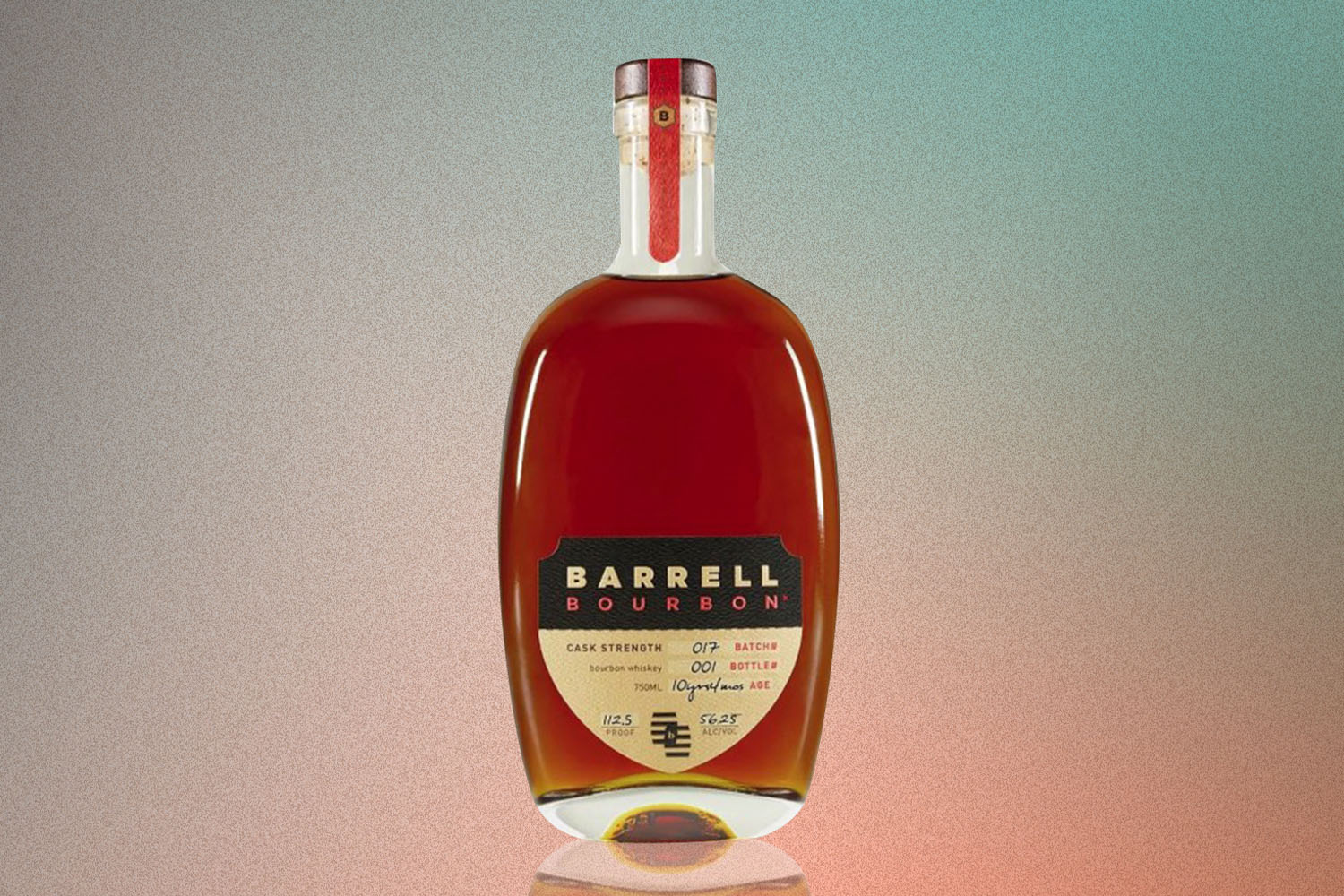
Barrell Craft Spirits
Barrell started in 2012, and the company admittedly — and in a very transparent manner — sources and blends all its whiskey, rye and rum in lieu of distilling its own juice. But the brand pretty much keeps winning all the awards, and justifiably: every Barrell release is limited edition, cask strength and “intentionally unique,” often with unusual finishes or spirits sourced from unlikely places.
Drink: Barrell Bourbon Batch 32 is a beguiling blend of straight bourbon whiskeys (5, 6, 7 and 10-year-old barrels) distilled and aged in TN, KY and IN, and bottled at cask strength (115.34 proof). Somehow, you’ll get everything from cherry to ginger to wasabi to brown butter, with a hint of grassiness.
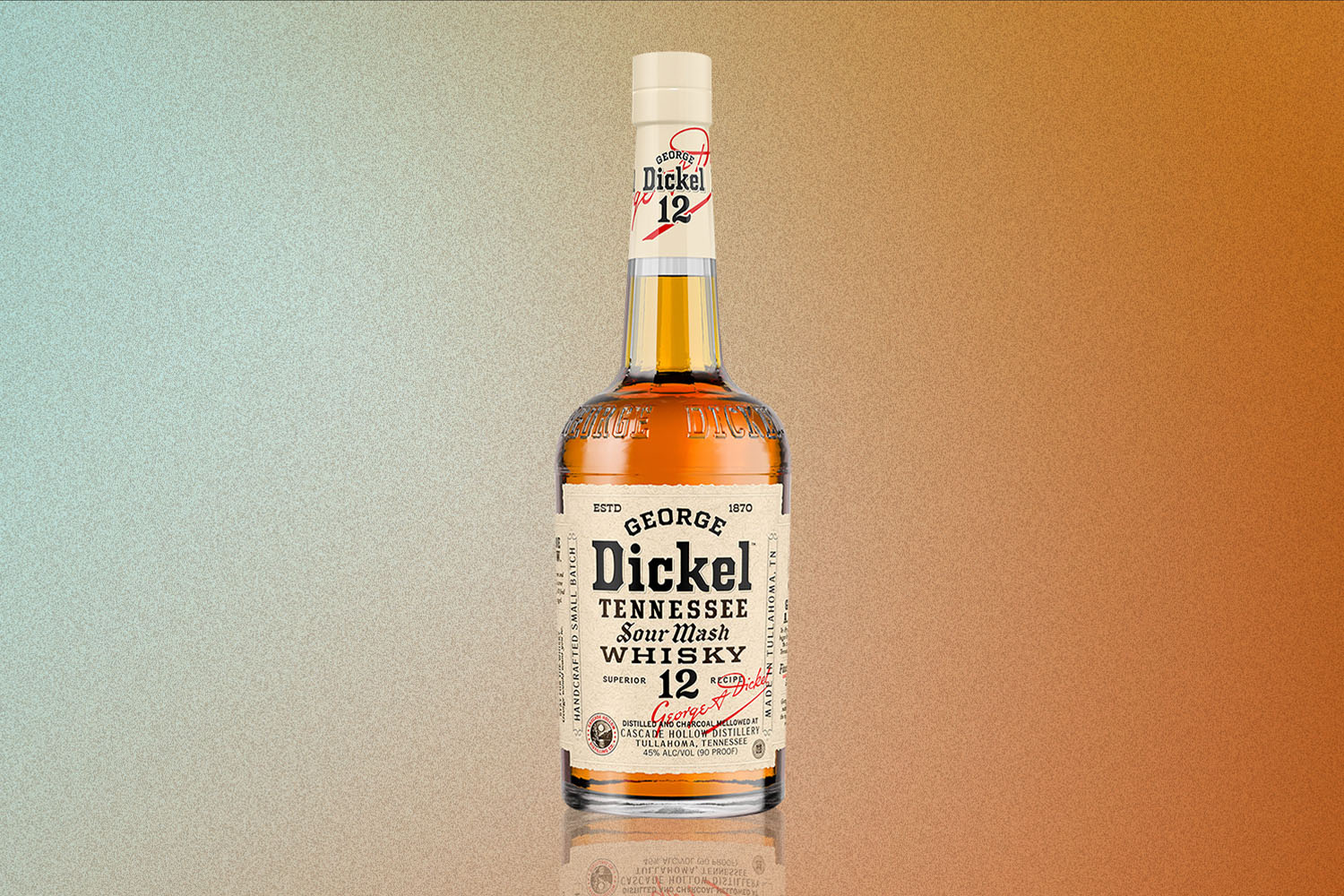
George Dickel
Owned by drinks giant Diageo, what we now know as George Dickel was first bottled in 1964, although Dickel himself started in the whisky business in 1870. The Tennessee whisky giant — yes, with no “e” — has significantly raised its game since General Manager and Distiller Nicole Austin has come on board. .
Drink: Their 2019 Bottled-in-Bond release won pretty much every major whiskey award — you’ll never find it at the original $40 price point, but the annual follow-ups have been just as good (and inexpensive). And Dickel’s more recent collaboration with Leopold Bros is a true standout.
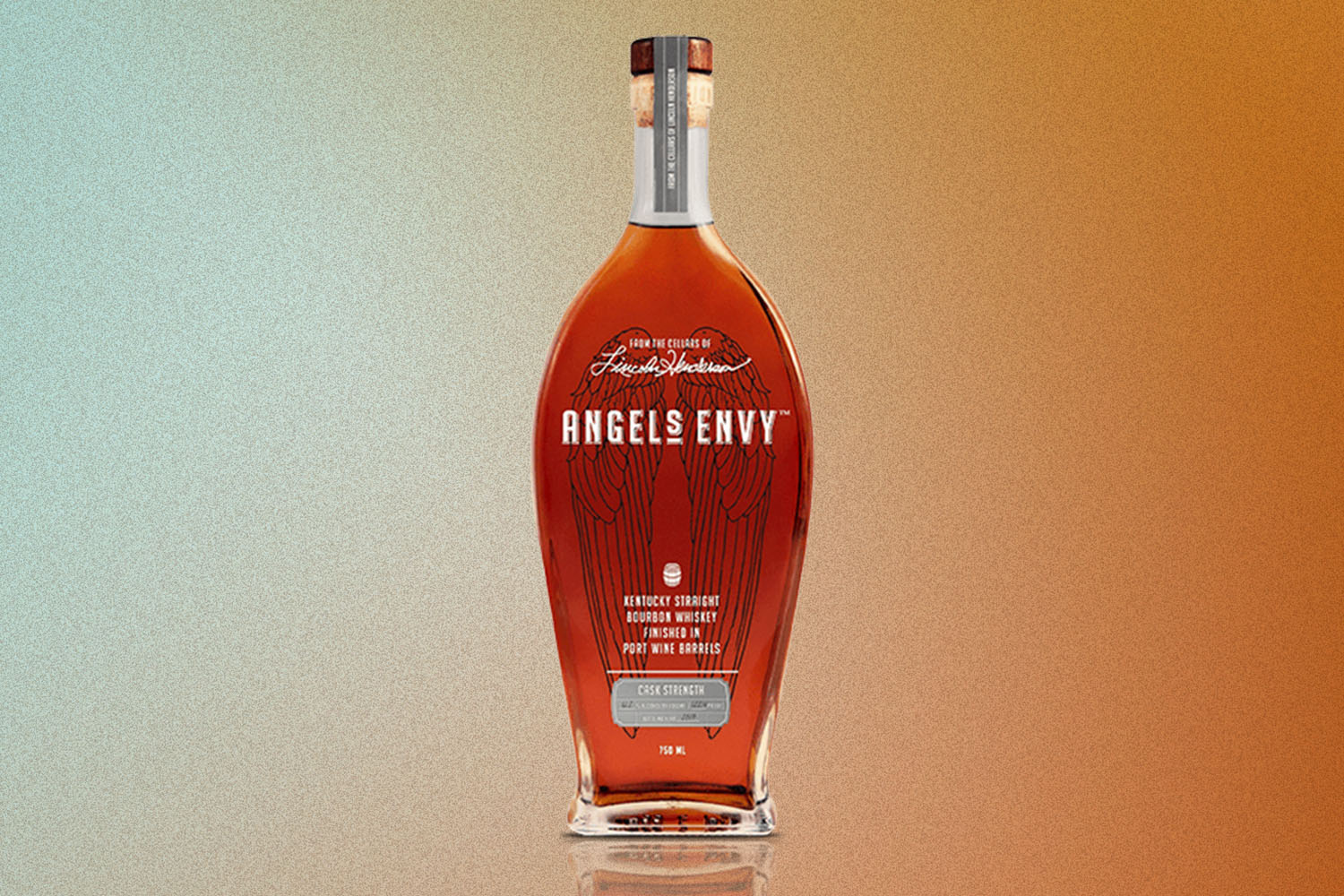
Angel’s Envy
Started in 2011, Wes Henderson founded the brand with his father and now has several sons working alongside him. The family-run, Louisville-based craft distiller produces small-batch finished whiskeys that are starting to get a lot of notice
Drink: Their Tawny Port-finished bourbon release is rich and tannic.
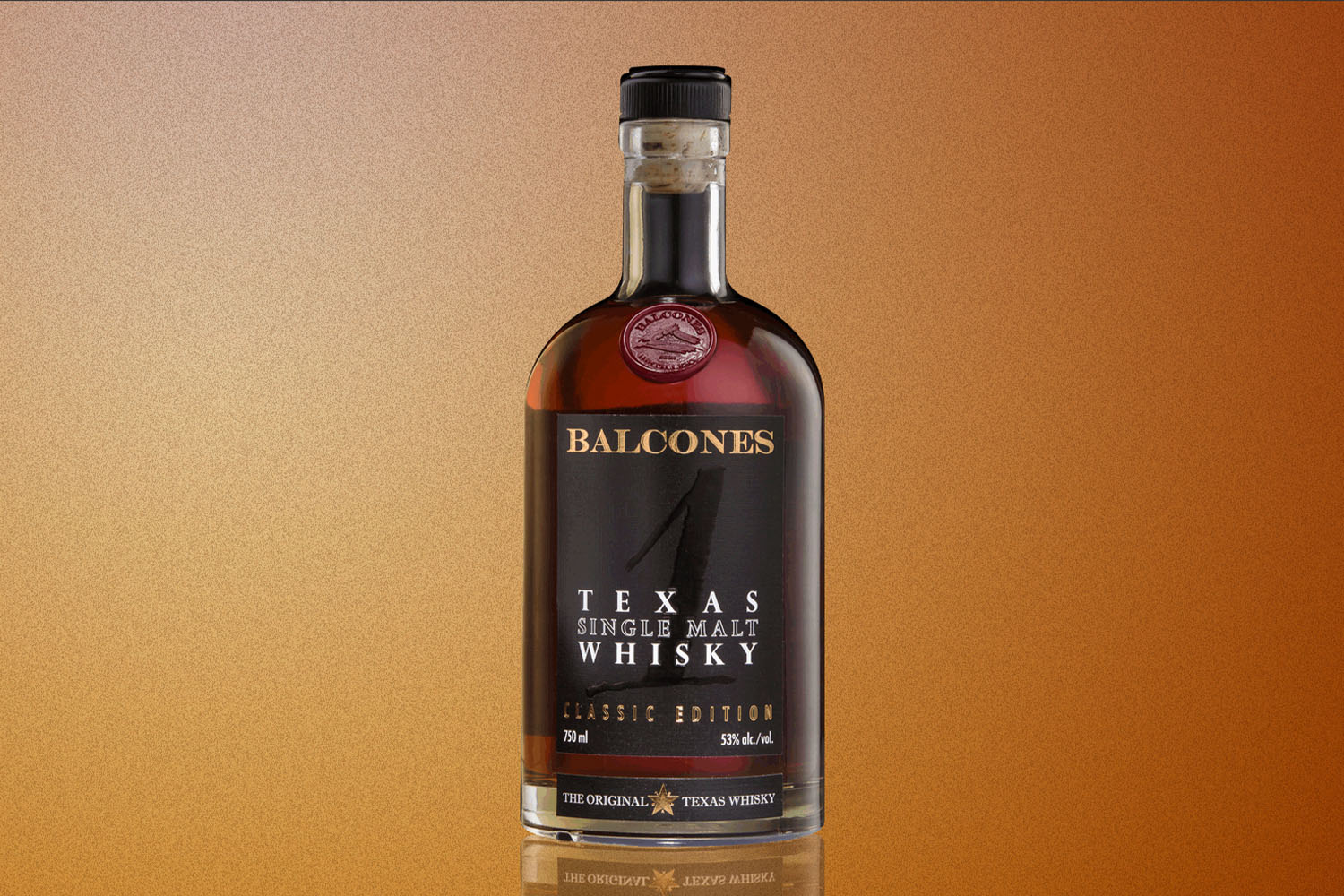
Balcones Distilling
The Waco, TX-based distillery is inspired by Texan grains, Scotch and craft beer. They were also the first legally sold Texas-made whiskey since Prohibition, and they serve as a leader in the American Single Malt movement.
Drink: Their Brimstone release is a smoked corn whiskey with Texas scrub oak (which is like peat, but barbecue-y).
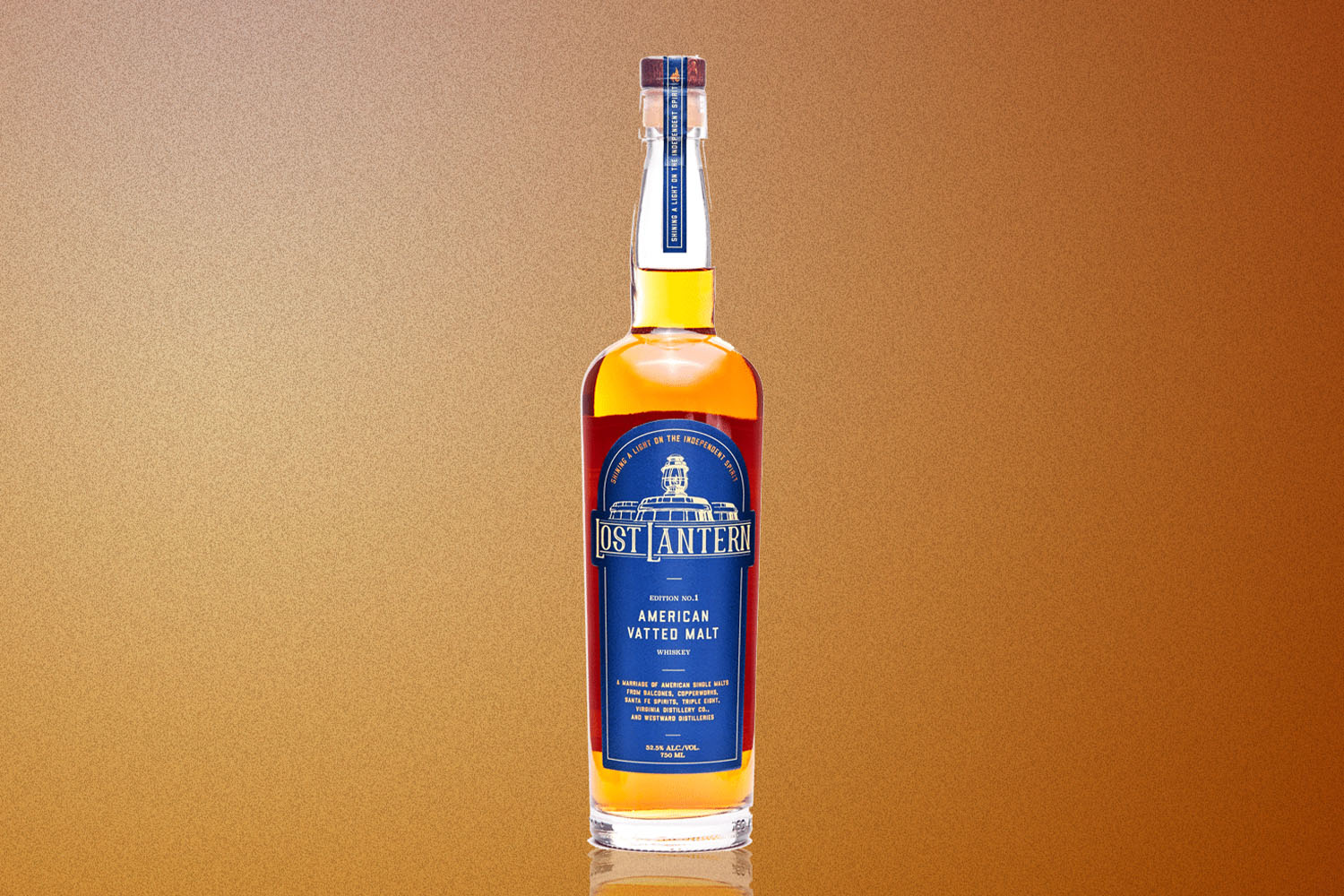
Lost Lantern
Lost Lantern is a whiskey nerd’s dream. These are unique, extremely limited releases from your favorite craft distilleries, all under one label.
Drink: American Vatted Malt Edition #1, a collaboration with six different regional distilleries around the U.S. It features wonderful orange and chocolate notes with a bit of salinity.
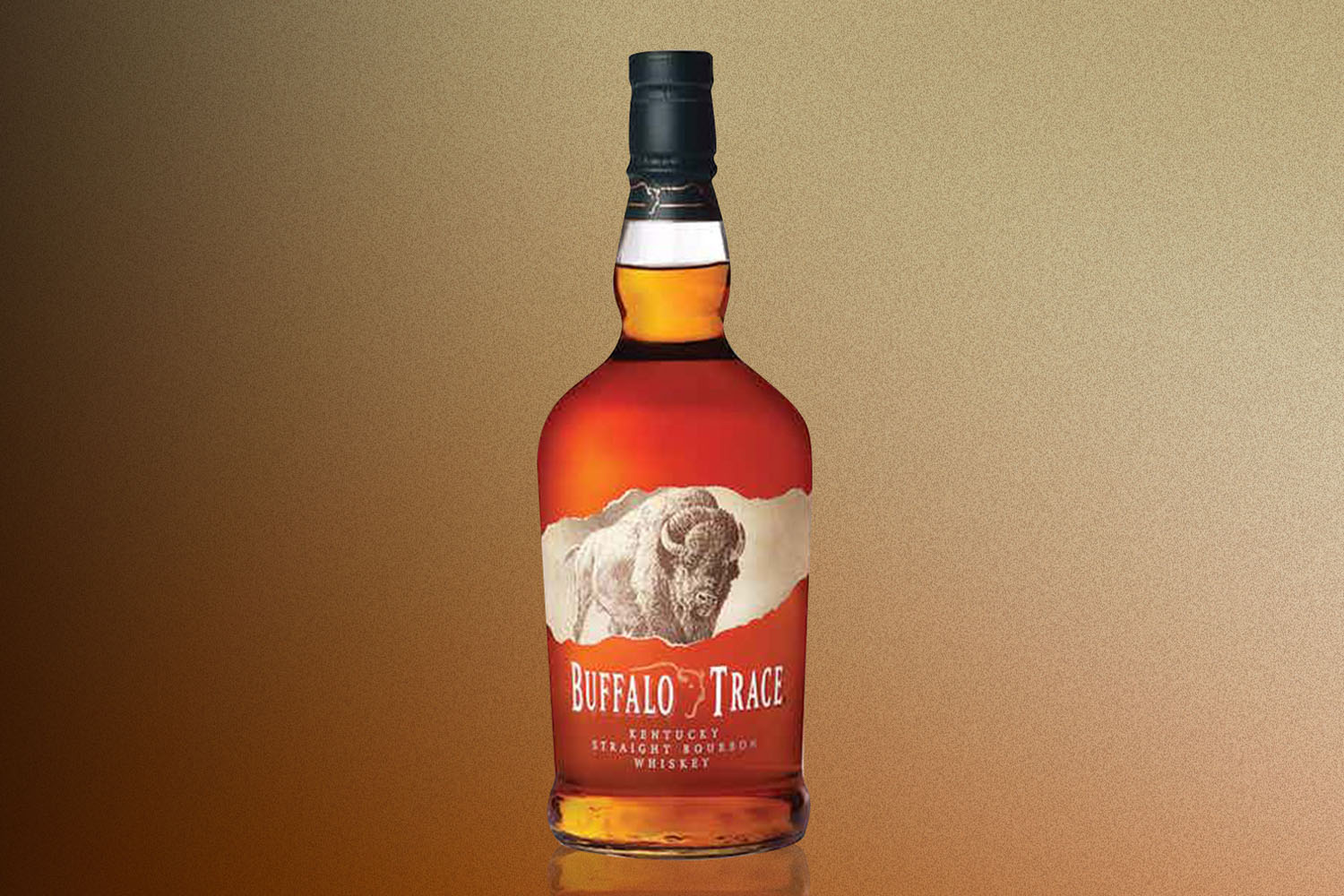
Buffalo Trace
Basically, the history of bourbon starts here. The oldest continuously operating distillery in America — they got a medicinal waiver during Prohibition — was home to iconic distillers such as E.H. Taylor Jr, George T. Stagg, Albert B. Blanton, Orville Schupp and Elmer T. Lee. Buffalo Trace, the namesake brand, launched in 1999. There are a lot of sub-labels here from the distillery, including Stagg, Sazerac, Eagle Rare and something called … Pappy Van Winkle (more on this later).
Drink: The namesake Buffalo Trace release seems to win a new award every five minutes. If you have the money, checking out the annual Antique Collection is also worth your time.
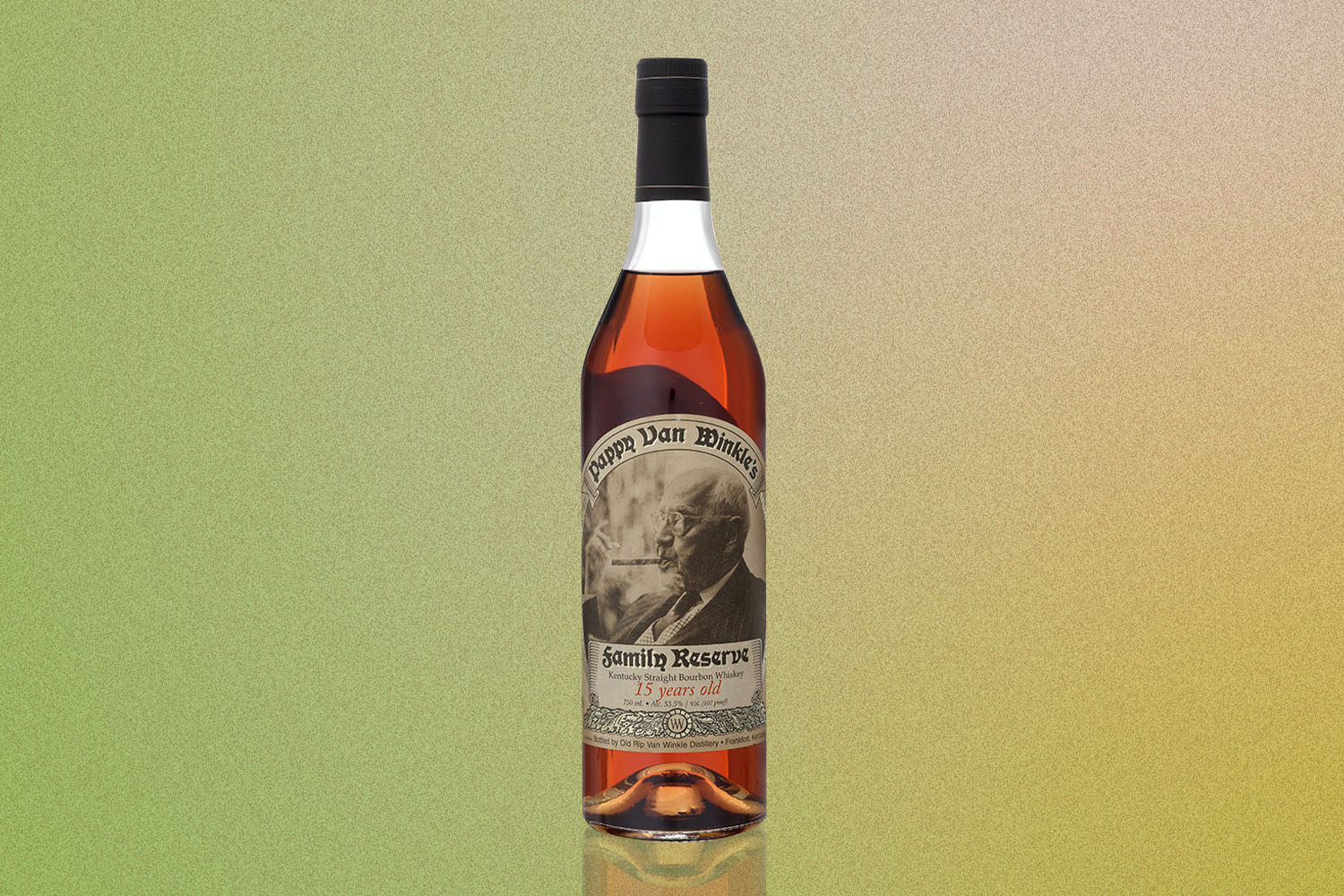
Pappy Van Winkle
Julian P. “Pappy” Van Winkle Sr. was the first of four generations of Van Winkle in the world of bourbon; today, Julian Van Winkle III serves as the caretaker for the mythologized brand. Their wheated bourbon (and a rye) is now under the umbrella of Buffalo Trace, but it’s still almost impossible to find.
Drink: Whatever your friend is buying. That said, the Family Reserve 15 Year is exquisite, with a wonderful balance between caramel, spice and oak.
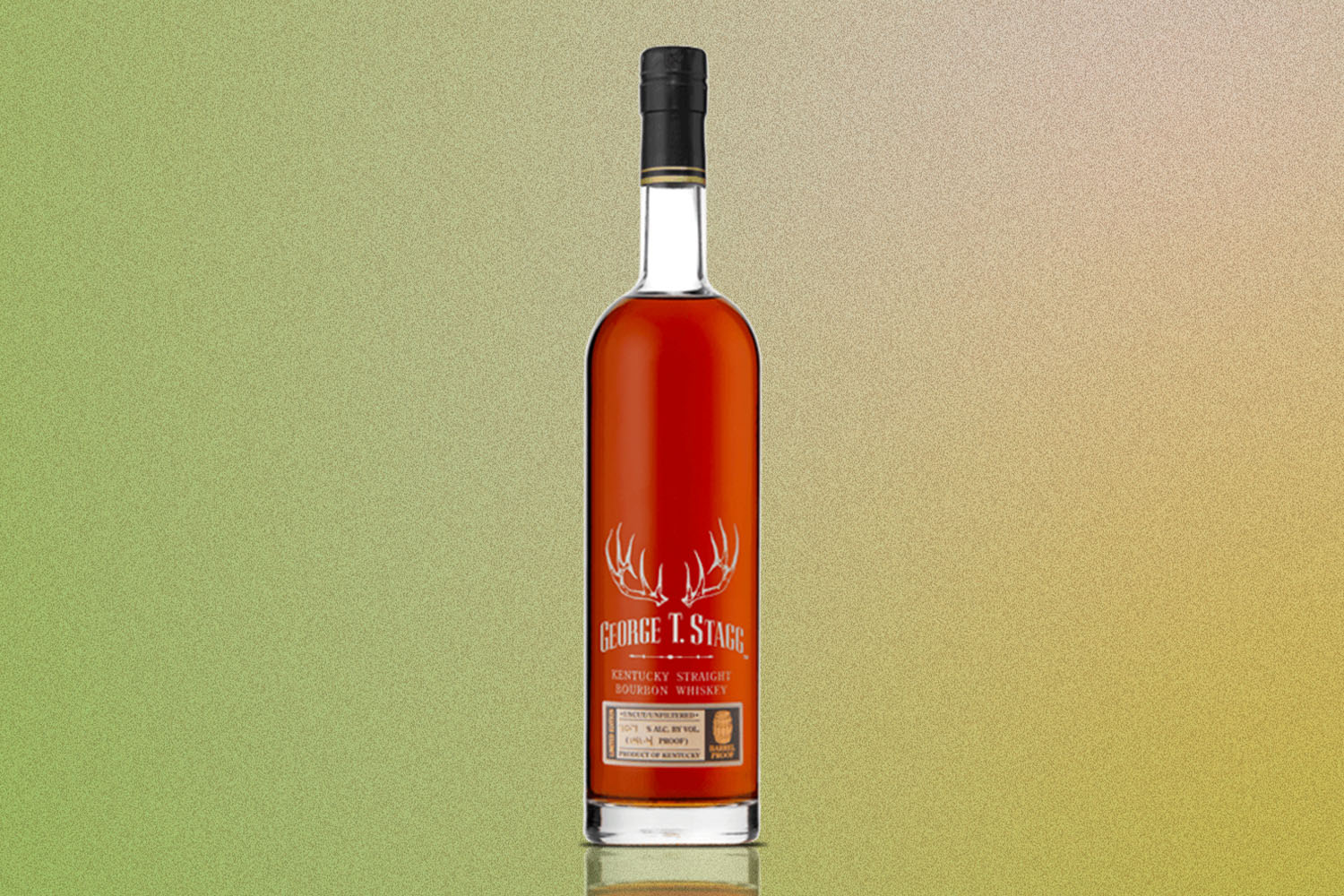
George T. Stagg
Another Buffalo Trace release (historically, BT used to be called the George T. Stagg Distillery), this is part of that distillery’s “Antique Collection” (see above) — aged over 15 years, this uncut, unfiltered and barrel-proof annual release is right up there with Pappy as far as limited supply and inflated secondary market prices.
Drink: You’ll probably never find it affordably, but the 2007 release — a multiple Whiskey of the Year winner — comes in at a whopping 144.8 proof.
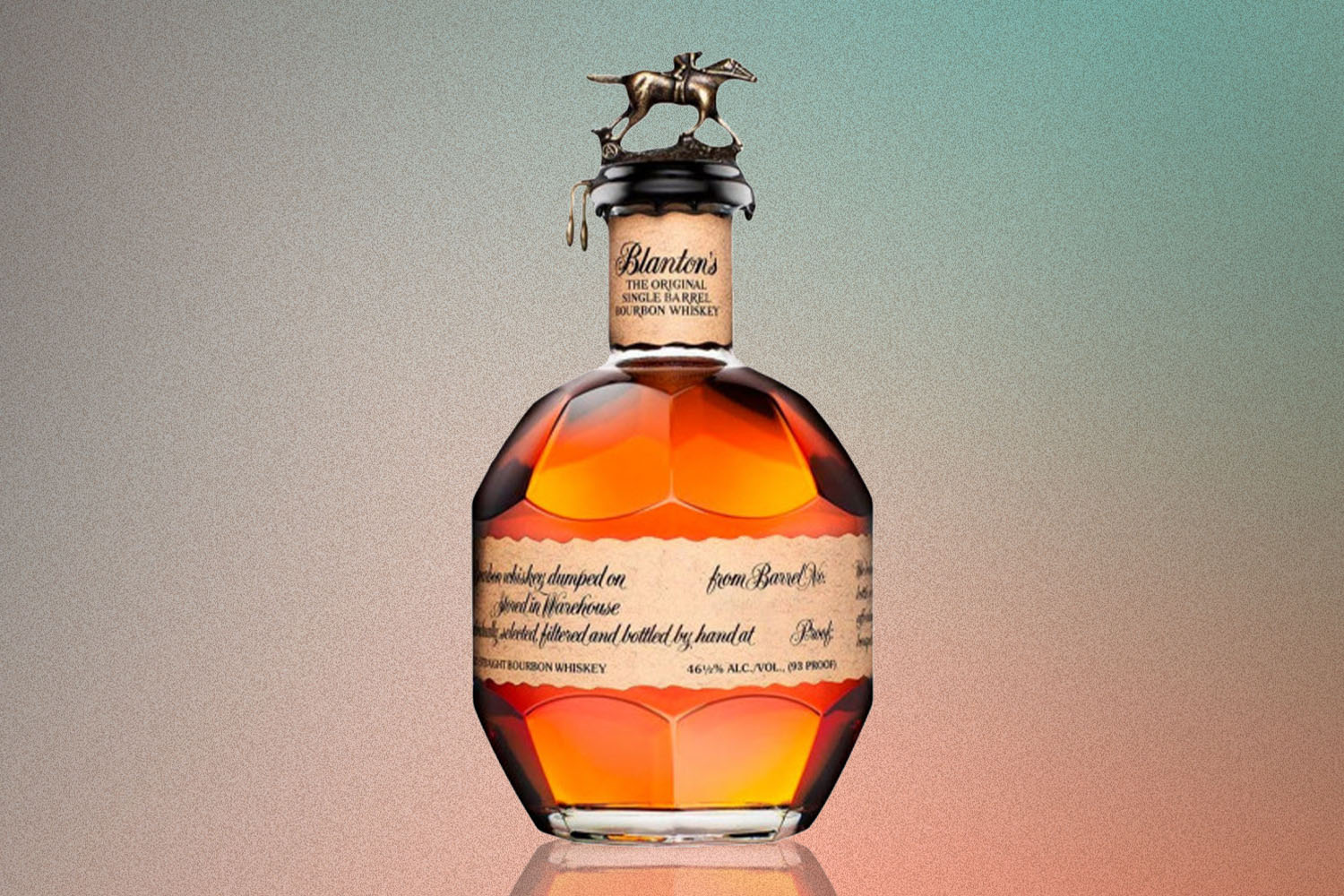
Blanton’s
You can thank Blanton’s for the idea of single-barrel releases — expected today but a novelty in the early ’80s. Elevated bourbon here, and you’ll want a bottle just for the horse-and-jockey bottle stopper.
Drink: As long as you’re going with single barrels, you might as well get the most out of them with the cask-strength Blanton’s Straight From the Barrel, where the proof will usually top out above 130.
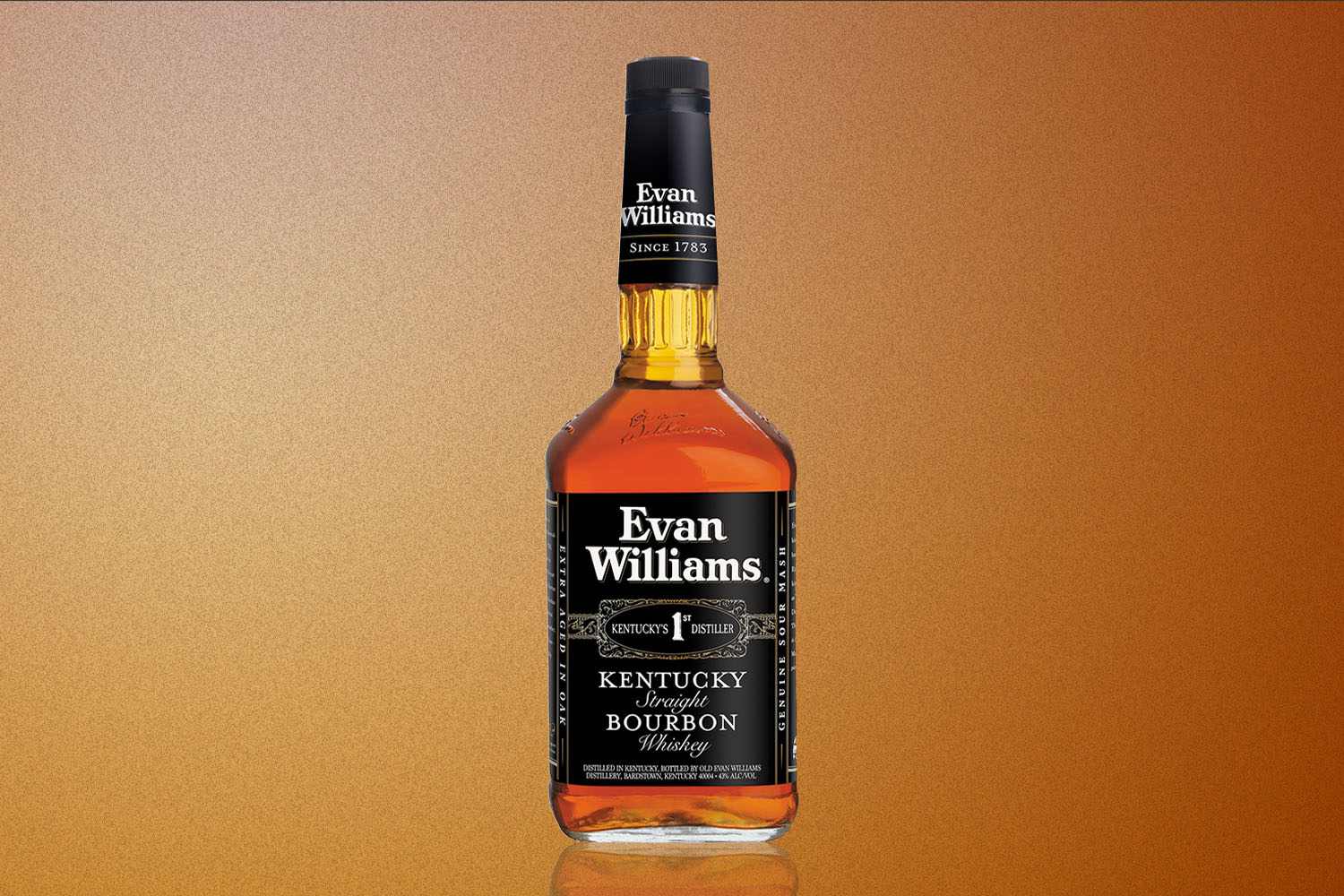
Evan Williams
You’ll recognize the green, white and black labels of this inexpensive but underrated Heaven Hill brand, named after the man behind (as the legend suggests) Kentucky’s first commercial distillery in 1783.
Drink: White Label is a bottled-in-bond release that makes for a perfectly decent Old Fashioned. And it might be the only whiskey bottle we recommend under $20.
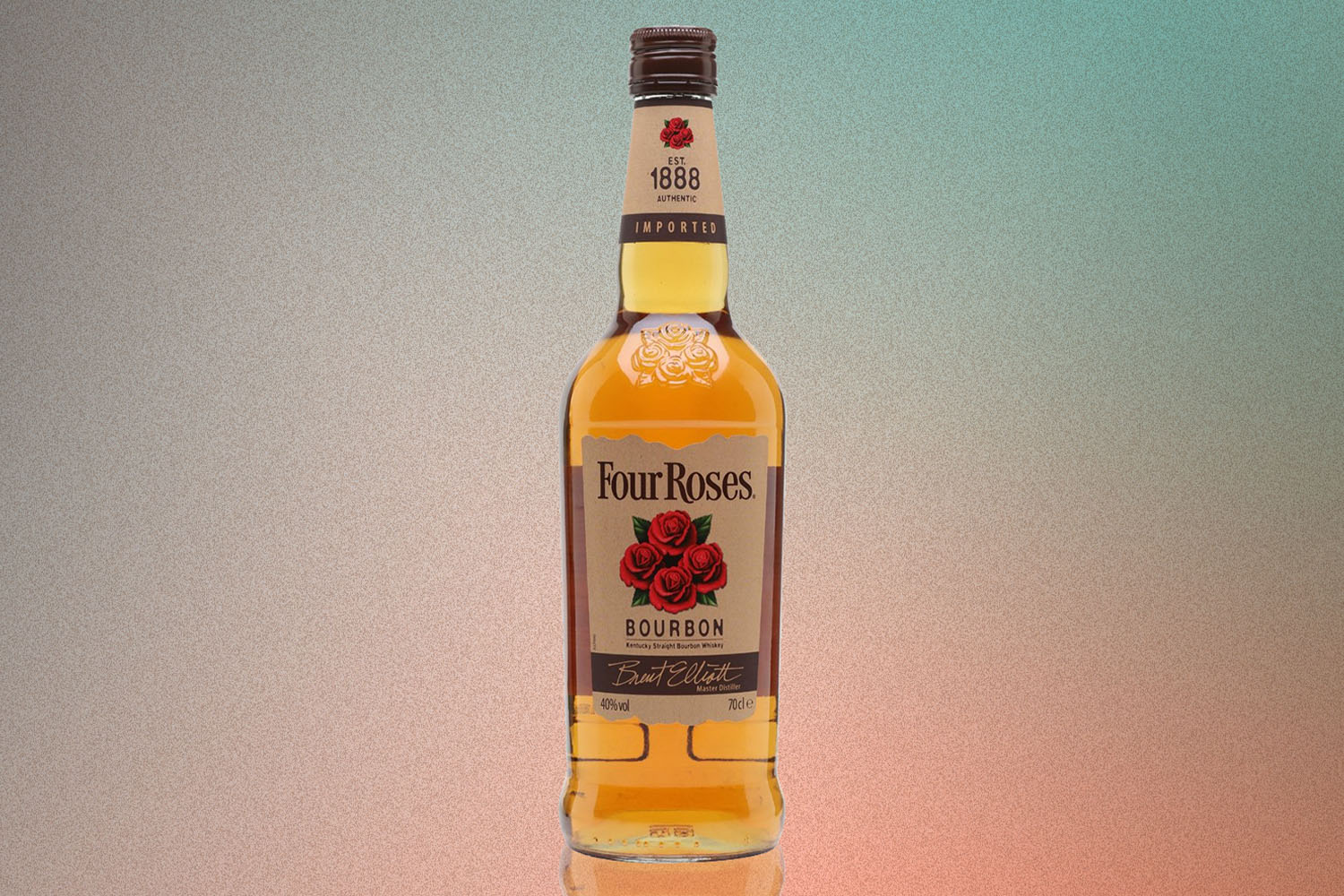
Four Roses
Four in the title, but the magic number here is 10. This Lawrenceburg, KY-based distillery utilizes two mash bills and five proprietary yeast strains to create 10 total bourbon recipes, each one providing a unique flavor experience. The flagship release utilizes all 10 factors, while the limited releases offer a more curated approach and older barrels.
Drink: Four Roses makes some very elevated expressions, but their core Small Batch product is extremely inexpensive and a crowd pleaser; if it’s your local’s well bourbon (it happens occasionally in Brooklyn, where I live), cherish that bar forever.
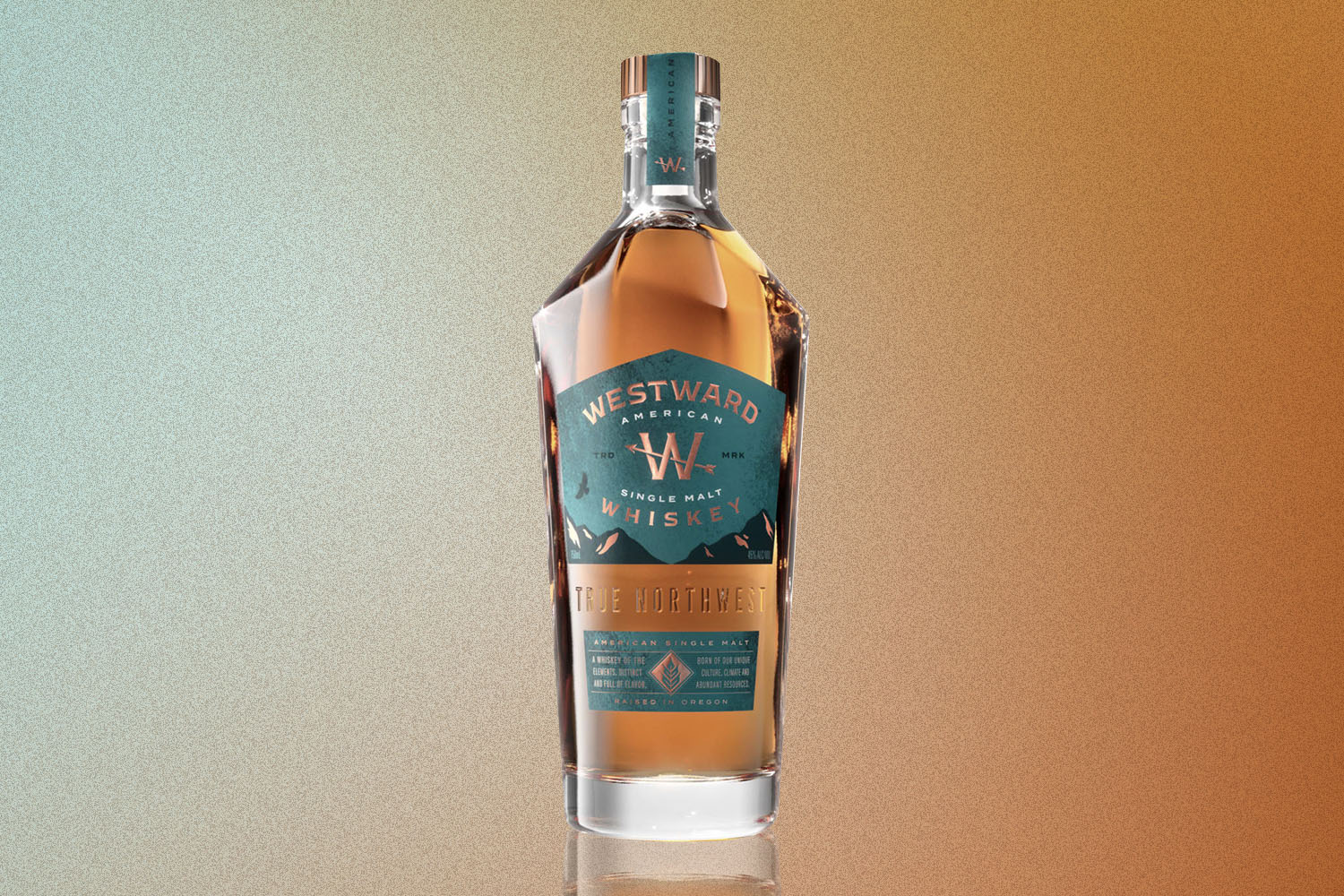
Westward
This Portland standout utilizes local barley, ale yeast and the distilling team’s craft beer background to produce an excellent American Single Malt — it’s also the centerpiece of my favorite Old Fashioned.
Drink: Their Pinot Noir Cask showcases the influence of Oregon’s Willamette Valley wine country (or, to play up Oregon’s beer culture, go with the Stout Cask maturation).
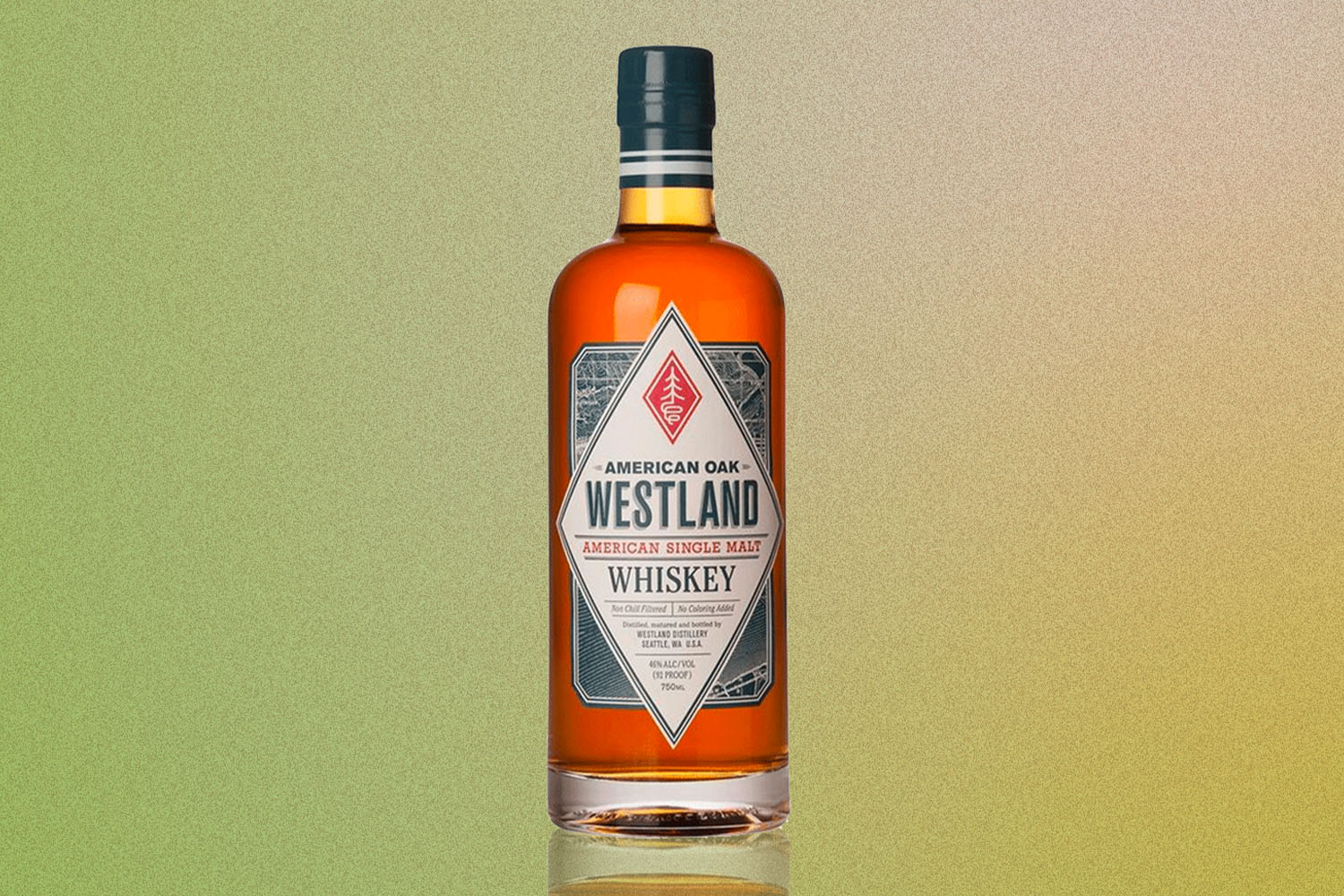
Westland
A Seattle-based distillery (just over a decade old) that’s been crafting interesting single malts utilizing roasted malts, a Belgian Saison brewers’ yeast strain and virgin American oak casks. They also are heavily into experimentation and showcasing the land and local ingredients found in the Pacific Northwest.
Drink: Westland’s Outpost releases play around with indigenous wood, atypical barley and local peat.
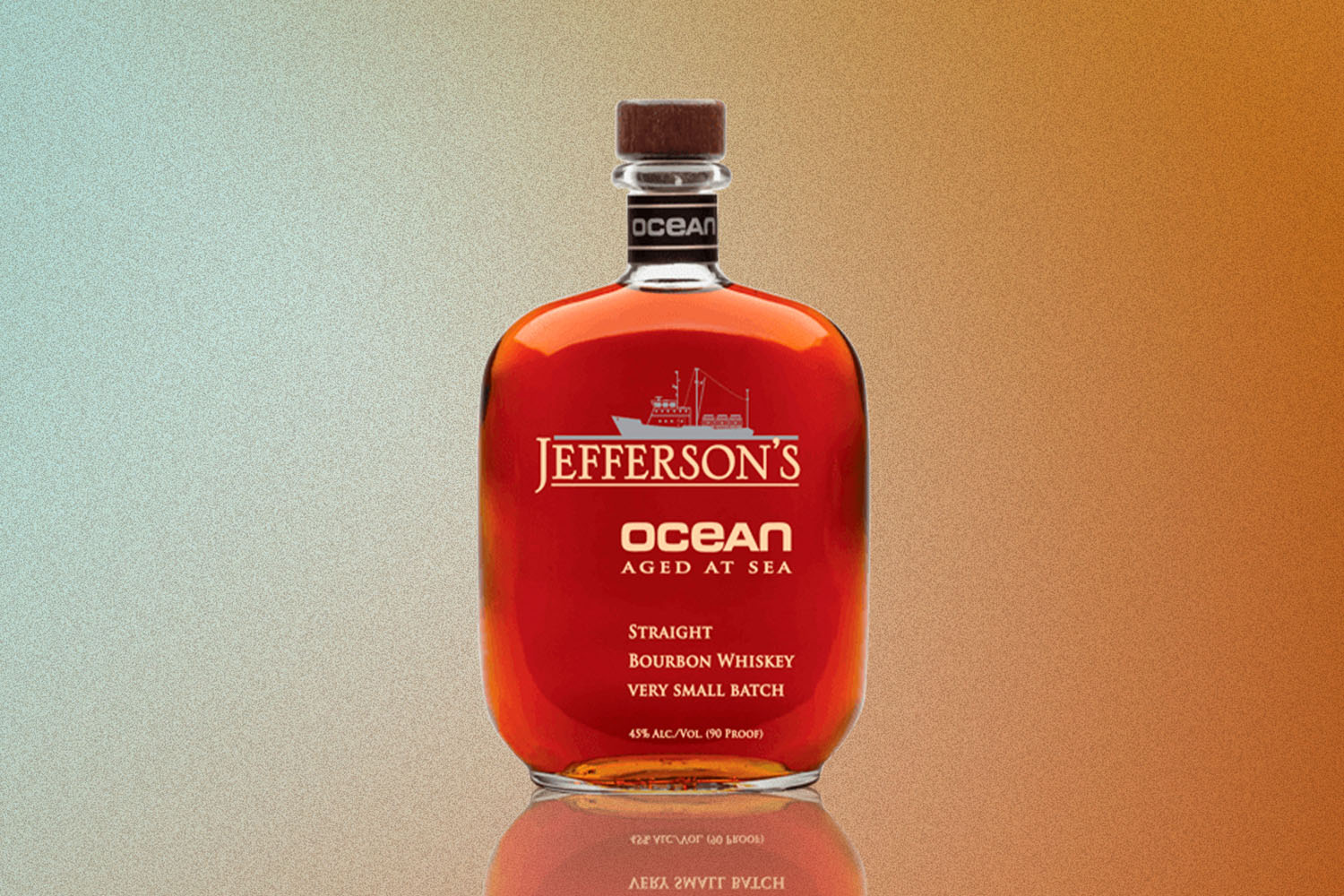
Jefferson’s
A small-batch bourbon brand that crafts great whiskey but truly shines in the R&D department; these are bourbons aged during round-the-world voyages, or in unusual barrels with oddly inventive ingredients, and even as collaborations with great chefs and iconic magazine editors. How the barrels maturate the whiskey is the key here.
Drink: Jefferson’s Ocean V: Aged at Sea is a bourbon that sails around the globe and arrives with the taste of salted caramel popcorn. (The Aged at Sea releases vary by edition, but they’re all worth picking up to note the differences.)
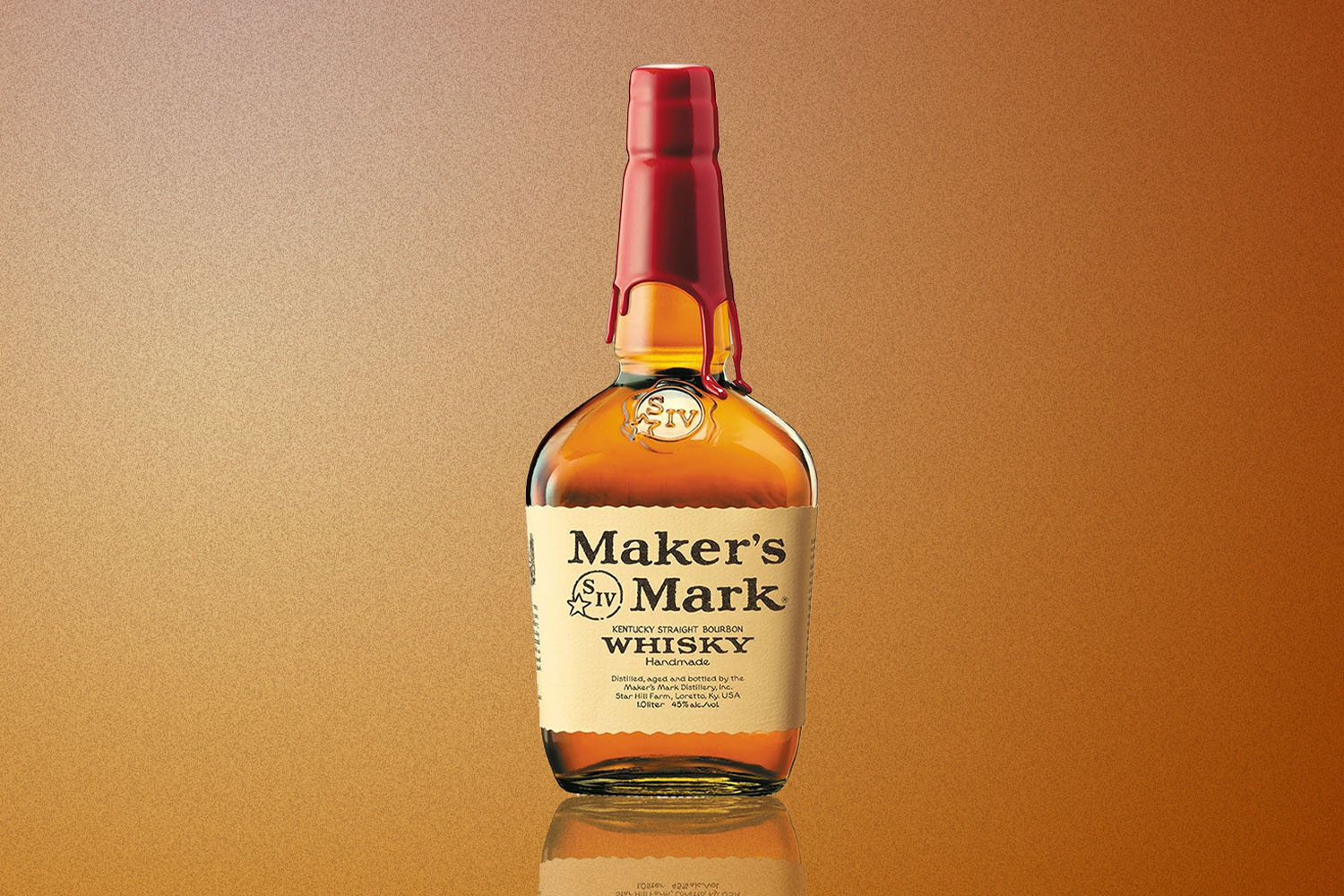
Maker’s Mark
Technically, this iconic distiller with the dipped red wax on the bottle — and some soft red winter wheat in its mash bill — has just one whiskey, but they “tweak it with oak and proof and different flavor levers,” as Maker’s Mark former Director of Innovation Jane Bowie told us a few years ago. Ergo, Maker’s has more recently become a beacon for innovation and limited releases.
Drink: The 2020 Limited Release utilizes a multi-stave approach to get the whiskey close to a (spicy) butter pecan profile.
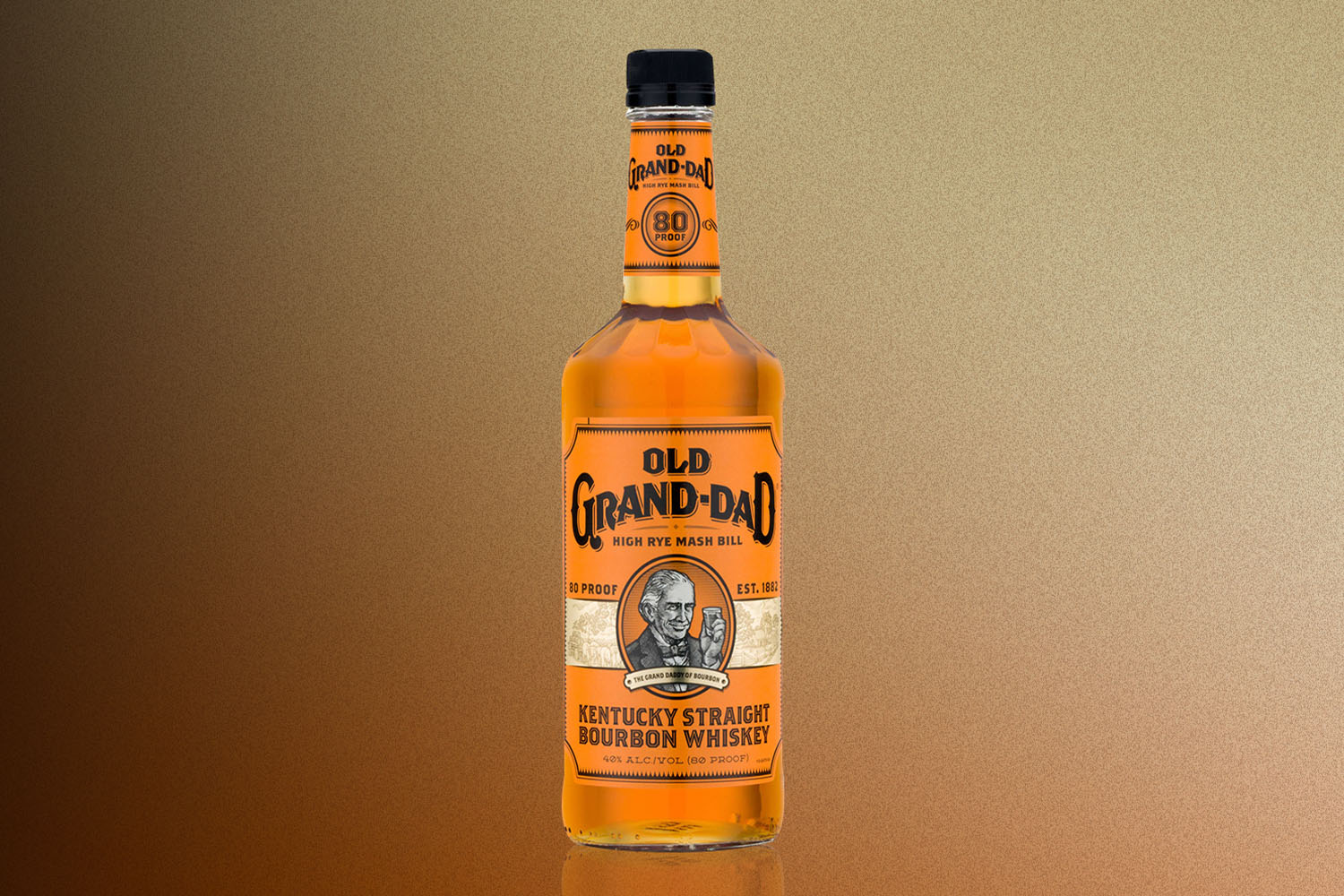
Old Grand-Dad
When James Bond drinks whiskey, Ian Fleming had 007 polish off several Old Fashioneds made with this high-rye bourbon. The brand (now owned by Beam Suntory) dates from the early 19th century, and you’ll see it pop up in a lot of mid-20th-century pop culture, from Bukowski to M*A*S*H.
Drink: The Bottled-in-Bond (50% ABV) expression is a great mixing cocktail — and you should be able to find a 750ml bottle for under $30.
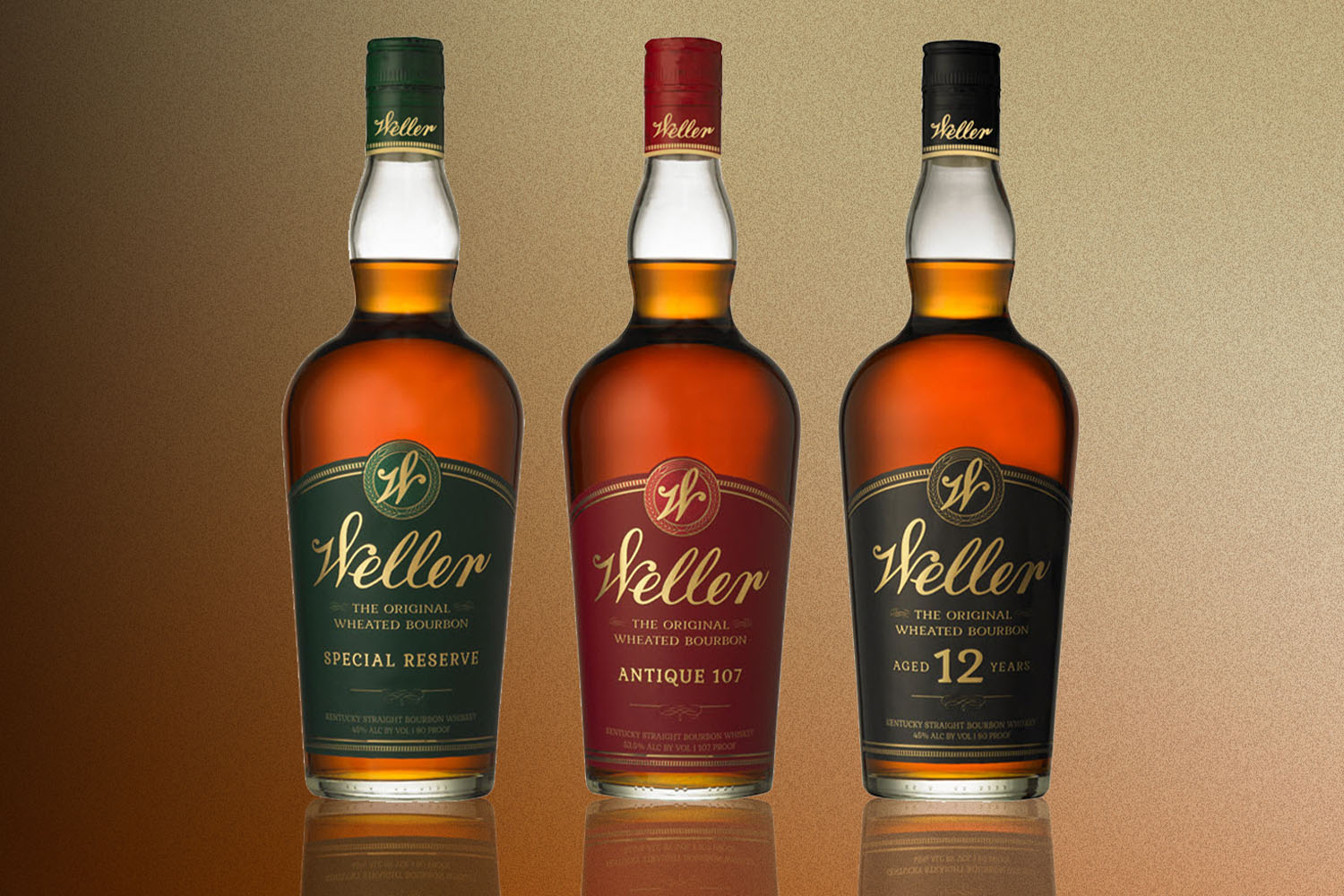
W.L. Weller
Now produced out of the Buffalo Trace Distillery, Weller was and remains a pioneer in wheated bourbons (high-proof, too). The personal connections between Weller and Pappy Van Winkle date back to the 19th century, and many whiskey pros think Weller 12 is pretty similar to Pappy’s 10, 12 and 15-year releases — naturally, secondary-market pricing for that has skyrocketed.
Drink: You can’t go wrong with 12 or Special Reserve (and Antique 107 is a knockout), but if you want something with a fun backstory, W.L. Weller C.Y.P.B. was a crowd-sourced attempt to craft the perfect bourbon. Whiskey fans went with a wheated recipe aged on the highest warehouse floors for eight years and bottled at 95 proof.
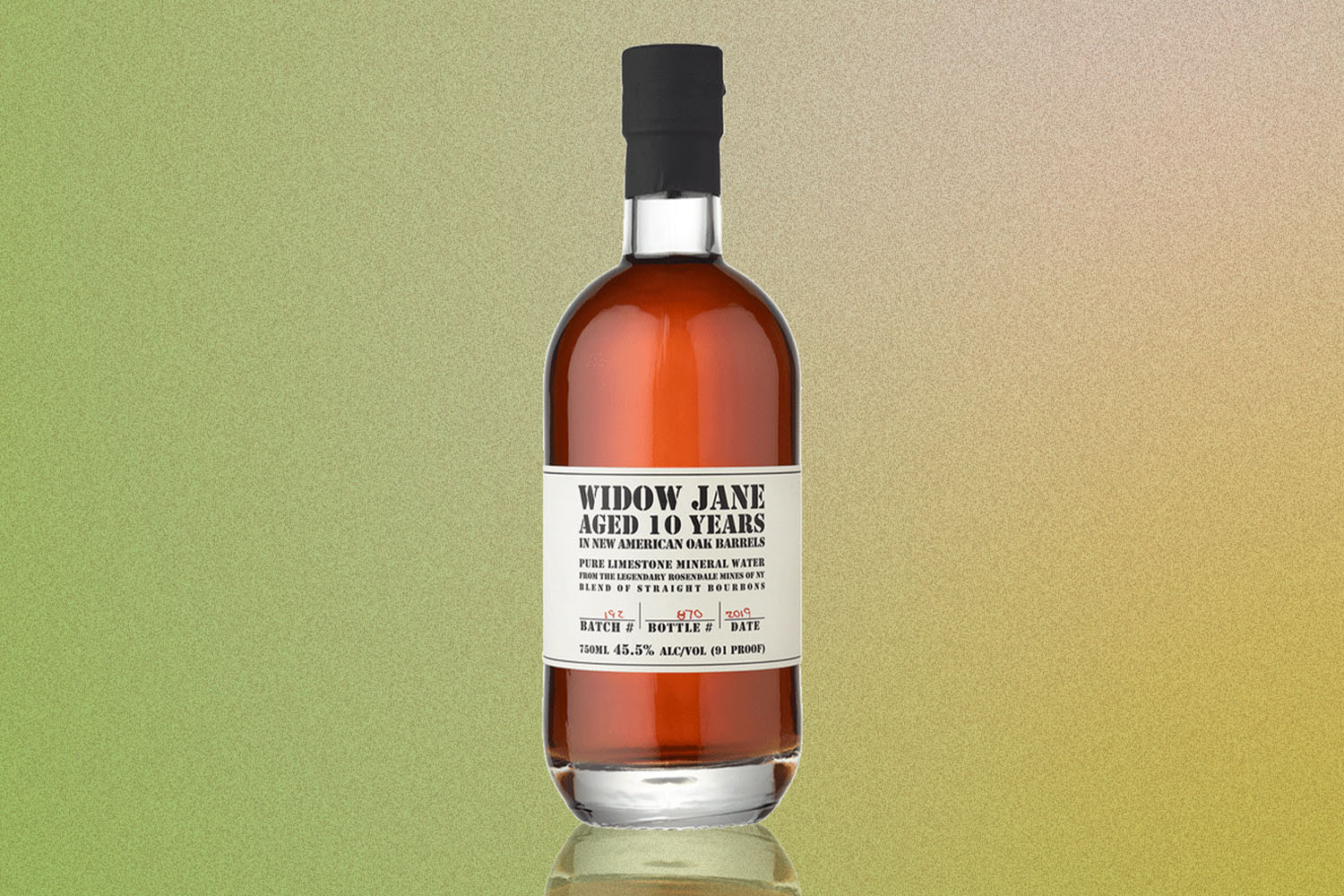
Widow Jane
Great whiskey straight outta the cobblestone streets of Red Hook, Brooklyn. The whiskey here is proofed with limestone- and mineral-rich water from the Rosendale Mines of NY.
Drink: The Vaults, aged 15 to 17 years and finished in rare casks raised from five-year air-seasoned Appalachian oak.
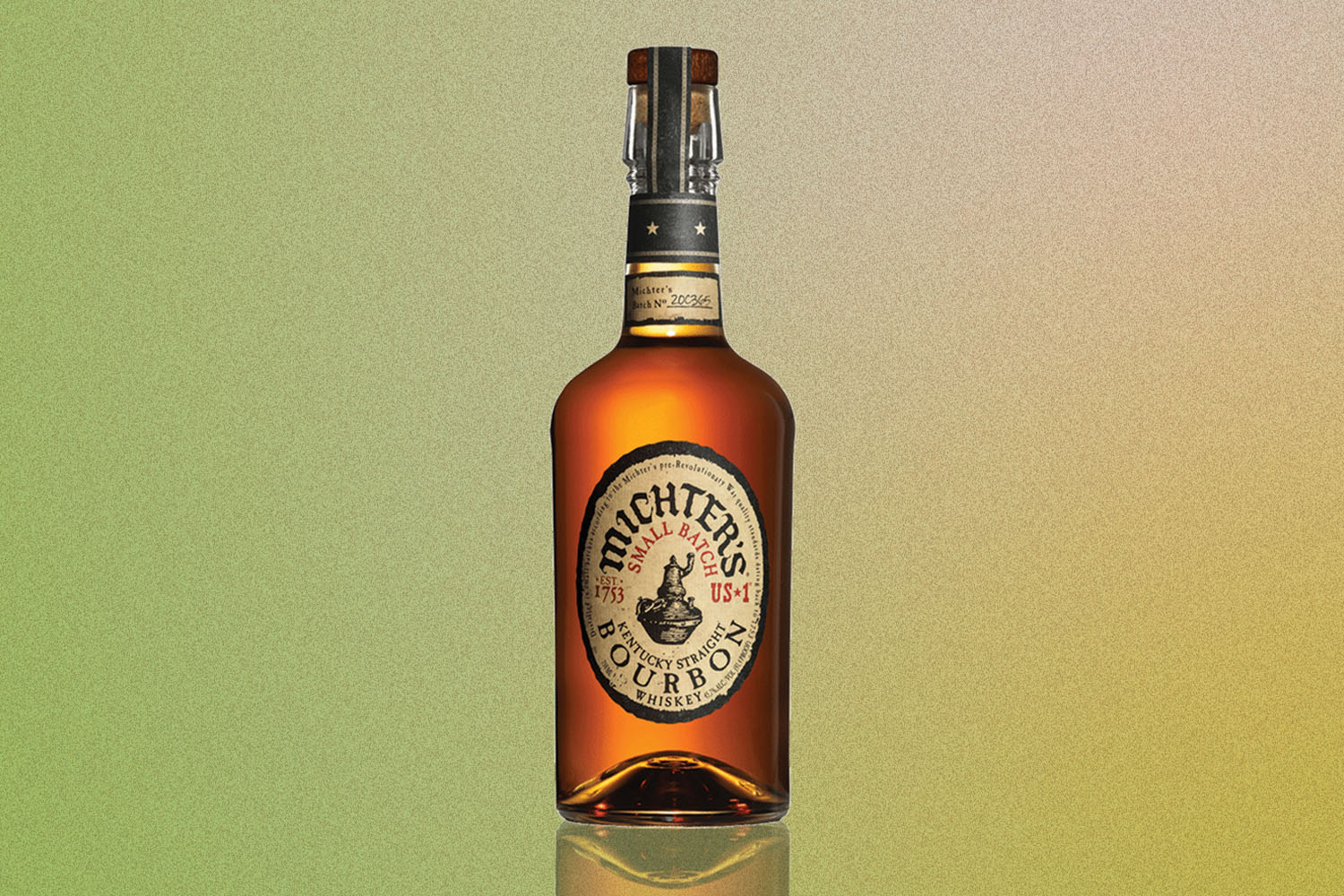
Michter’s
Preceded by a convoluted history that (tenuously) dates back to 1753 and includes early distilling roots in Pennsylvania, Michter’s is now Kentucky-made and has a relatively new micro-distillery on Louisville’s Whiskey Row.
Drink: Michter’s US1 Sour Mash won The Whisky Exchange “Whisky of the Year” award in 2019; interestingly, the first American winner was not rye or bourbon and doesn’t carry an age statement.
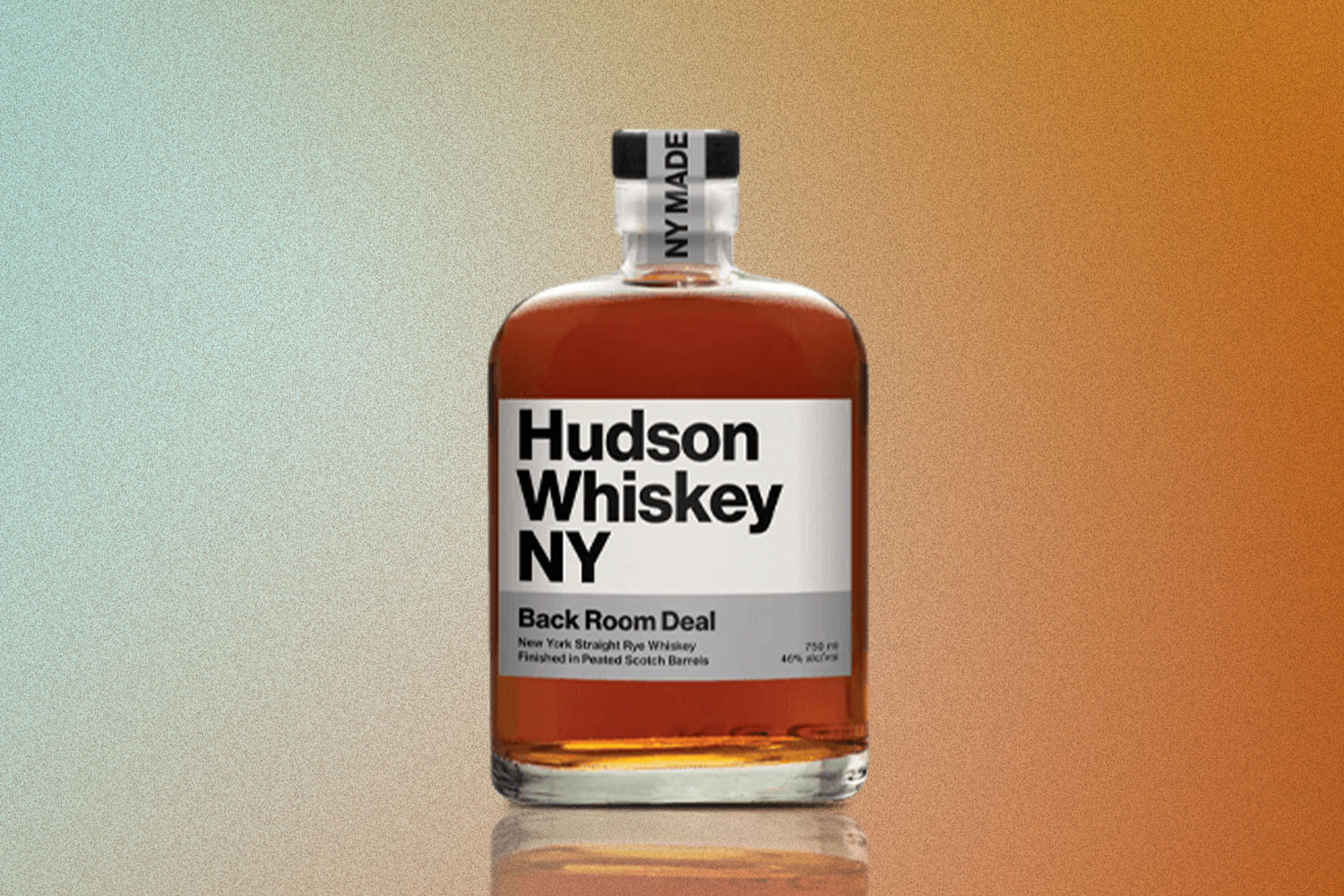
Hudson Whiskey
The first whiskey distillery in New York since Prohibition, Hudson more recently went nationwide and completely reinvented its portfolio — design-wise, the bottles are now done up in Helvetica, paying homage to the NYC subway system.
Drink: Hudson Whiskey The X Series Cider Cask Rye, a very limited release from the upstate New York distillery that put its signature rye through a secondary maturation in apple cider casks. It tastes like fall…if you can still find a bottle (the Short Stack maple rye is pretty great in the colder seasons, too).

Woodford Reserve
Woodford is Brown-Forman’s founding brand, started in 1870 by George Garvin Brown. An incredibly balanced bourbon (72% corn, 18% rye, 10% malted barley), this is also the brand and bottle you’ll most associate with the Kentucky Derby — and as part of their sponsorship, they craft a $1,000 Mint Julep every year for various nonprofit organizations.
Drink: You’ll probably only find it in Kentucky or at the distillery on the day of its release, but the Woodford Reserve Double Double Oaked takes the twice-barreled Double Oak and matures it again in a second, heavily toasted, lightly charred new-oak barrel to bring out some spiciness.
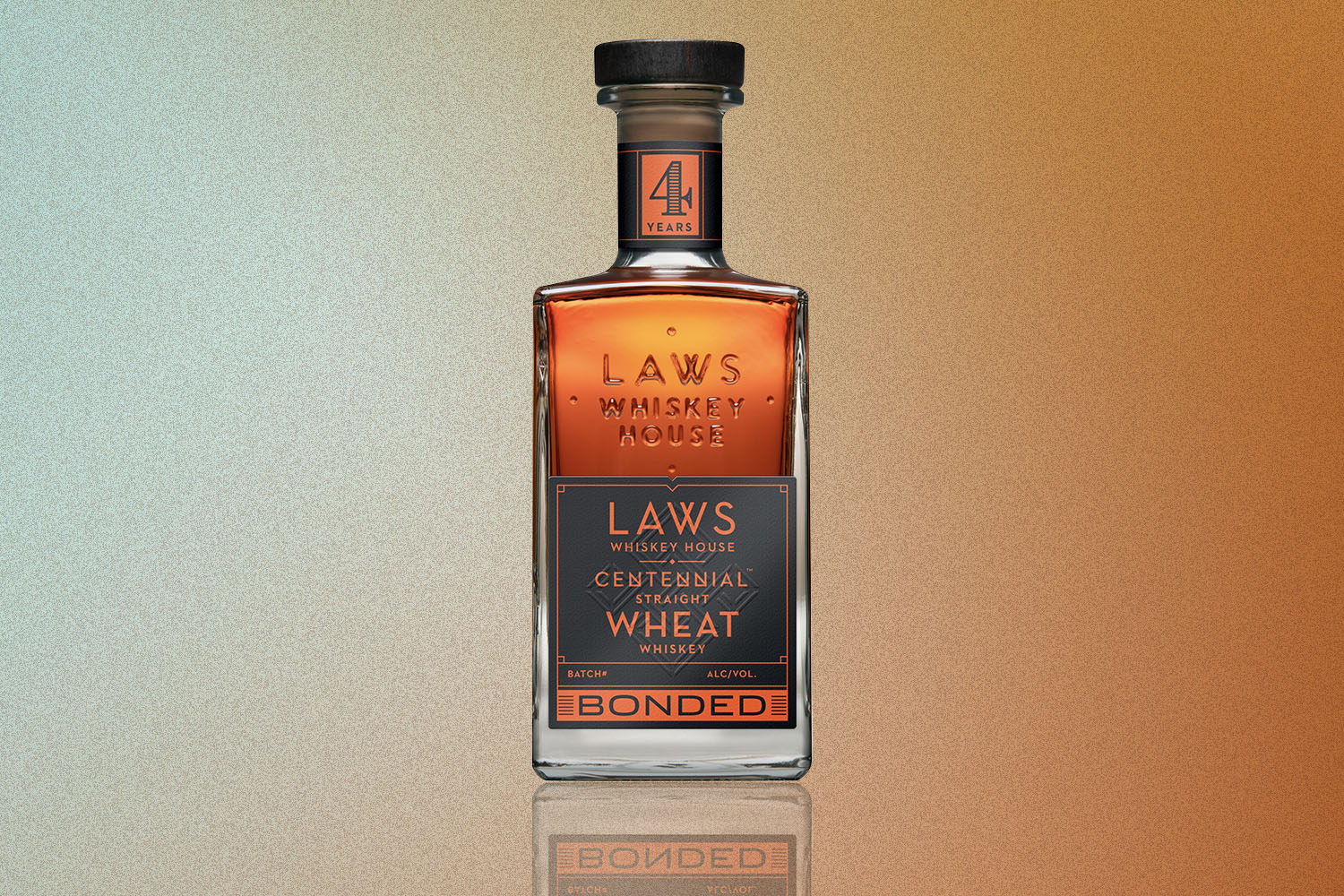
Laws Whiskey House
Established in 2011, Laws Whiskey House utilizes open-air, on-grain fermentation and high-altitude grains all sourced from Colorado — with many of the grains hailing from small family farms that are pretty much exclusive to Laws.
Drink: Their award-winning bonded rye is great, but the real winner from Laws is its wheated release. It’s an easy sipper built for hot weather.

Stranahan’s
The Denver distillery utilizes the area’s dry climate, high altitude and some craft beer know-how to craft excellent American Single Malts, which straddle the very wide line between bourbons and single malt Scotches.
Drink: Stranahan’s Mountain Angel 10-Year Old features a creamy mouthfeel, some oak on the finish and a very prevalent note of tobacco. It’s your “whiskey and cigar in the study,” end-of-night treat, without the need for a cigar.
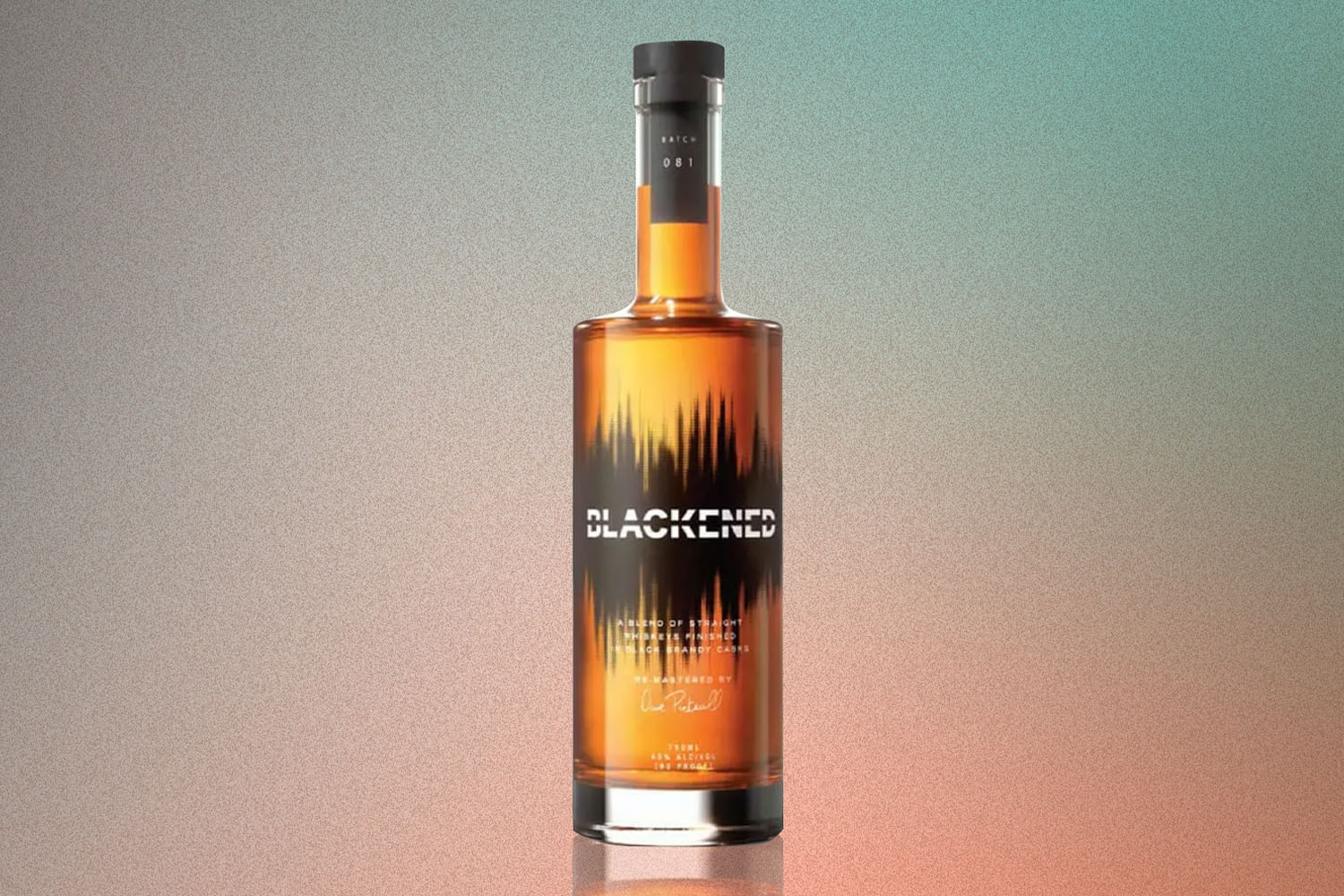
Blackened
A whiskey blend shaped by Metallica’s music. Literally. A blended whiskey co-created by the late Dave Pickerell (an award-winning Master Distiller known for his work at WhistlePig) and the band Metallica, the whiskey here is overseen by former Stranahan’s Master Distiller Rob Dietrich and utilizes a sonic enhancement process they call Black Noise.
Drink: Finished in black brandy casks, the core release of Blackened features enough wood spices and fruit notes that it can really elevate your whiskey-based cocktails. Especially if you go for the Cask Strength edition.
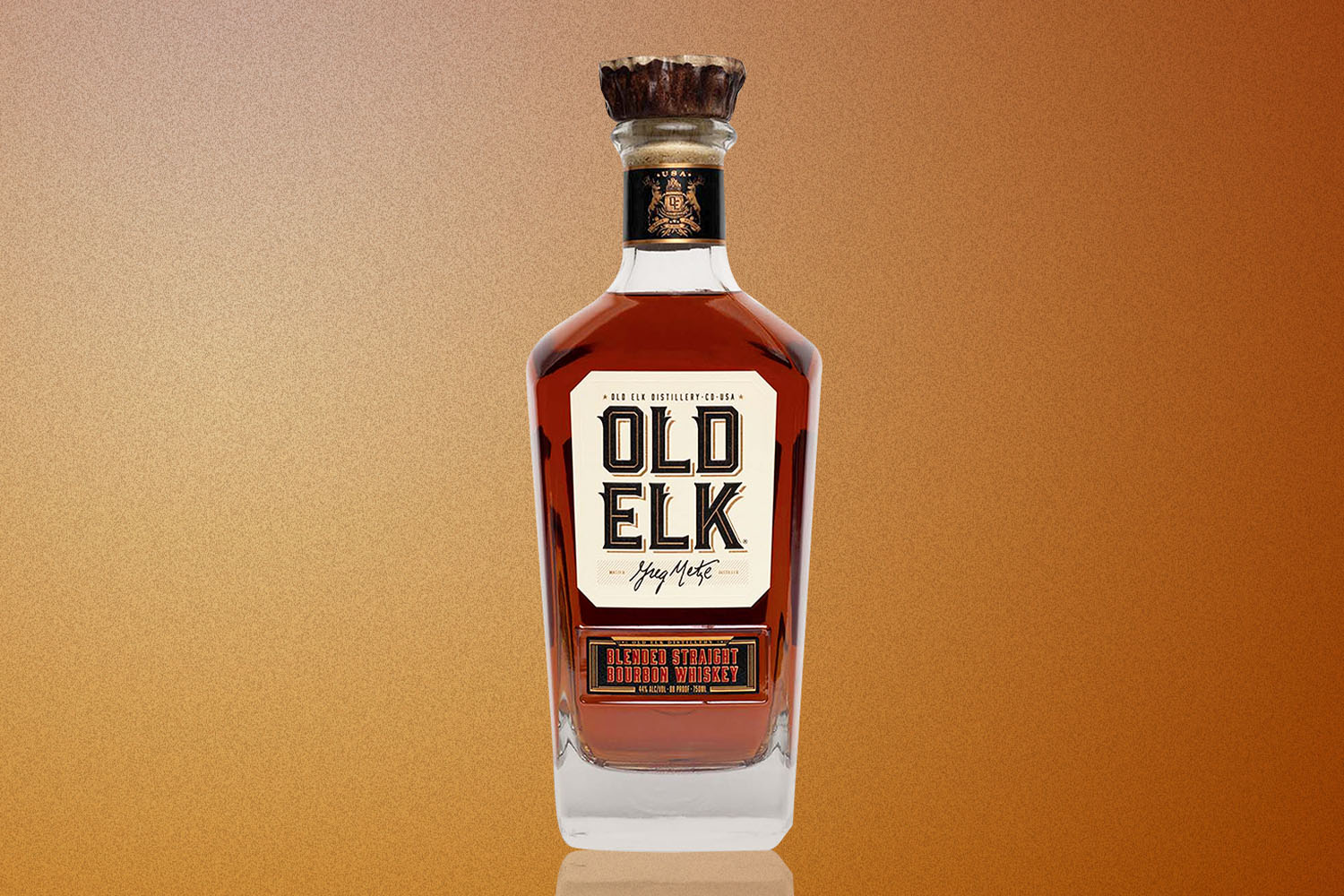
Old Elk
The Fort Collins, Colorado-based Old Elk is under the guidance of Greg Metze, a 40-plus-year vet of the whiskey world. The distillery utilizes a slower (and proprietary) Slow Cut method to craft its high-malt bourbon.
Drink: That said, it’s the wheated releases by Old Elk that’ll really turn your head; the Wheated Bourbon features the notes of vanilla, caramel and oak you’d expect in a bourbon, with hints of toffee, leather and amaretto.
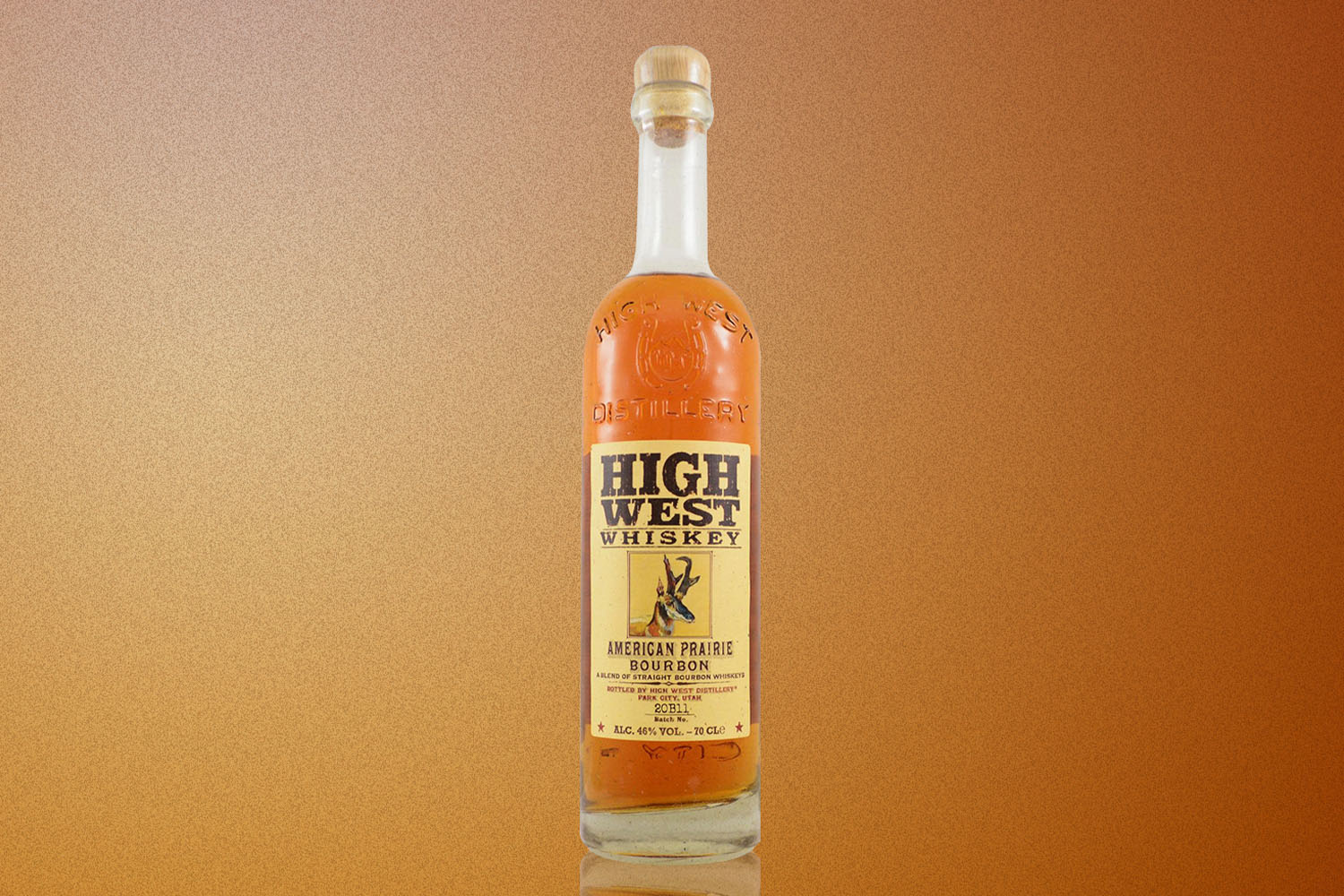
High West
Yes, you can get a great whiskey in the not-so-teetotaling state of Utah. Besides blending great whiskey (some their own stocks, some sourced), High West also operates a ski-in gastro-distillery and a luxury lodge.
Drink: We’re big fans of the limited-release Bourye, a blend of bourbon and rye whiskey that seems to elevate the best of both worlds.
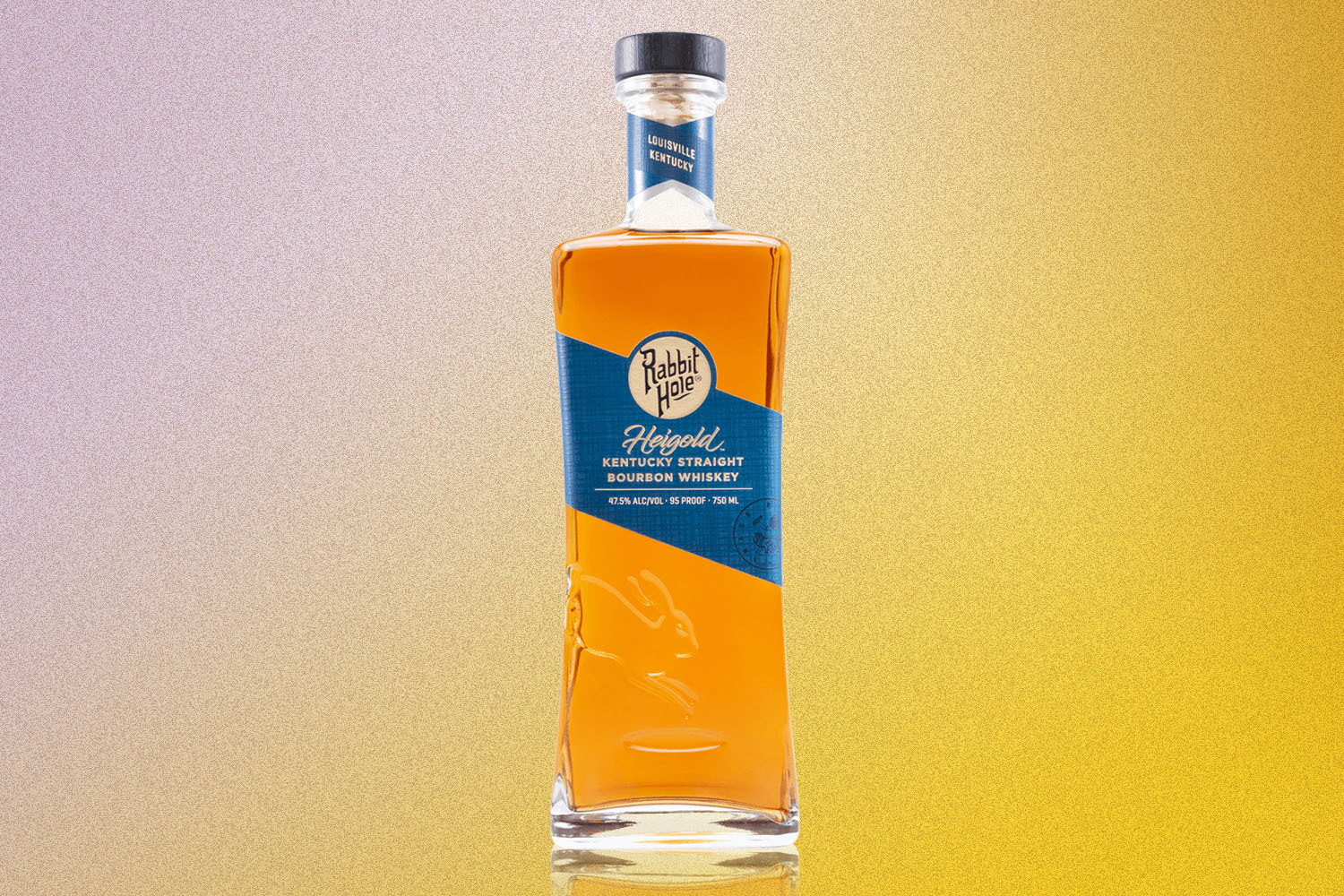
Rabbit Hole
Launched in 2012 by Kaveh Zamanian (interestingly enough, a former clinical psychologist and psychoanalyst), Rabbit Hole experiments with unusual mash bills but is probably best known for its downtown, state-of-the-art Louisville distillery.
Drink: The limited-edition line Rabbit Hole Raceking Founder’s Collection features chocolate-malted wheat from Germany and chocolate-malted barley from the UK (along with 70% corn, 13% rye and 10% malted rye). The cocoa notes here are strong, as are the hints of leather and tobacco. It’s a fascinating combination of chocolate and smoke.
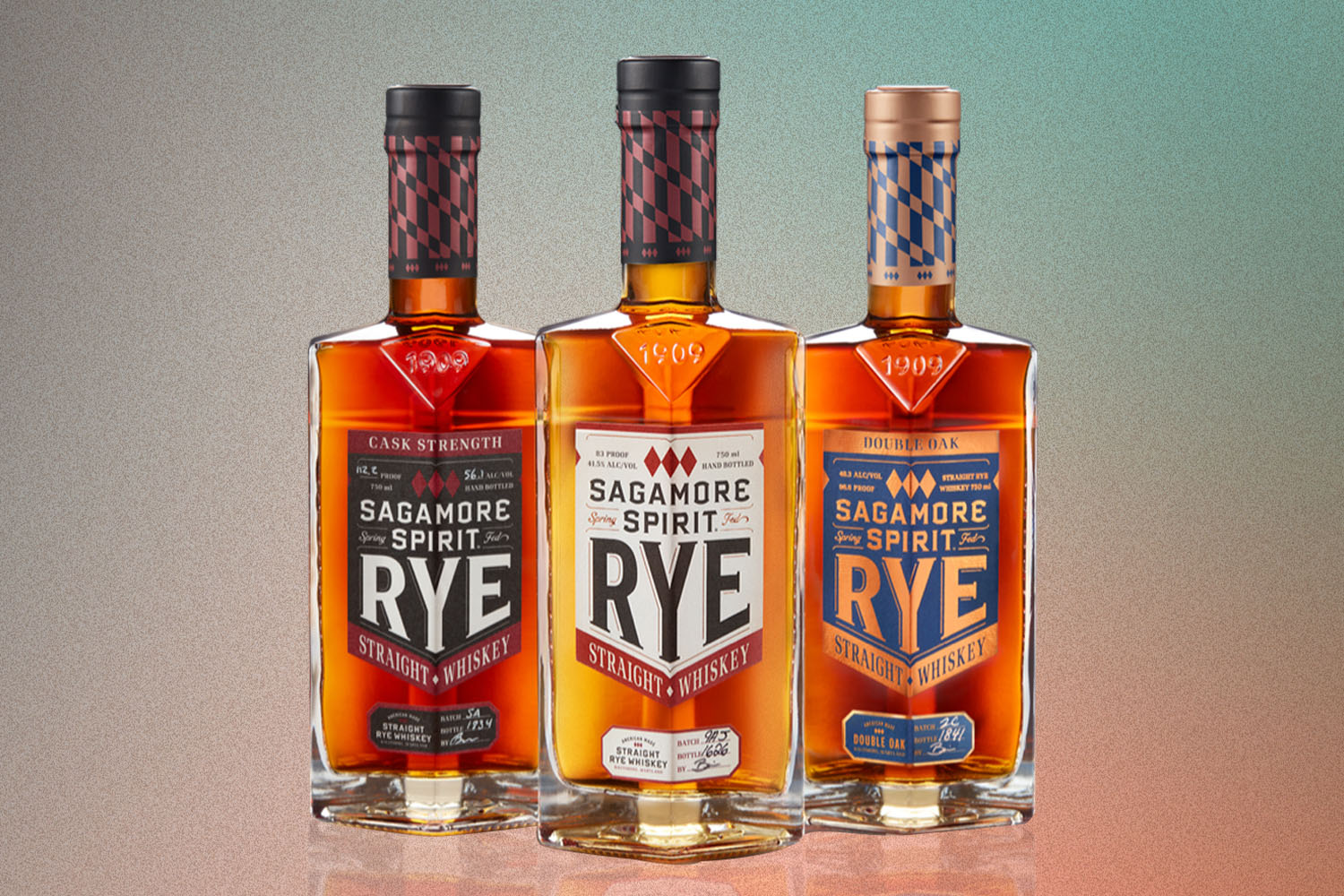
Sagamore Spirit
Based along the Patapsco River in Baltimore, this state-of-the-art waterfront distillery offers beautiful harbor views and Maryland-style rye whiskey, which is a bit less spicy on the palate. Here, some unique finishes (port, Cognac, etc.) elevate the final product. The ryes hail from two distinct and proprietary mash bills (high rye and low rye/high corn) and are proofed with Sagamore Farm spring water.
Drink: The Calvados Finish is a blend of straight ryes finished in Calvados barrels (aka French apple brandy casks) for more than 11 months. That’s then aged for another nine months in low-rye American oak barrels. Apple, anise, cinnamon and nuttiness are prevalent here.
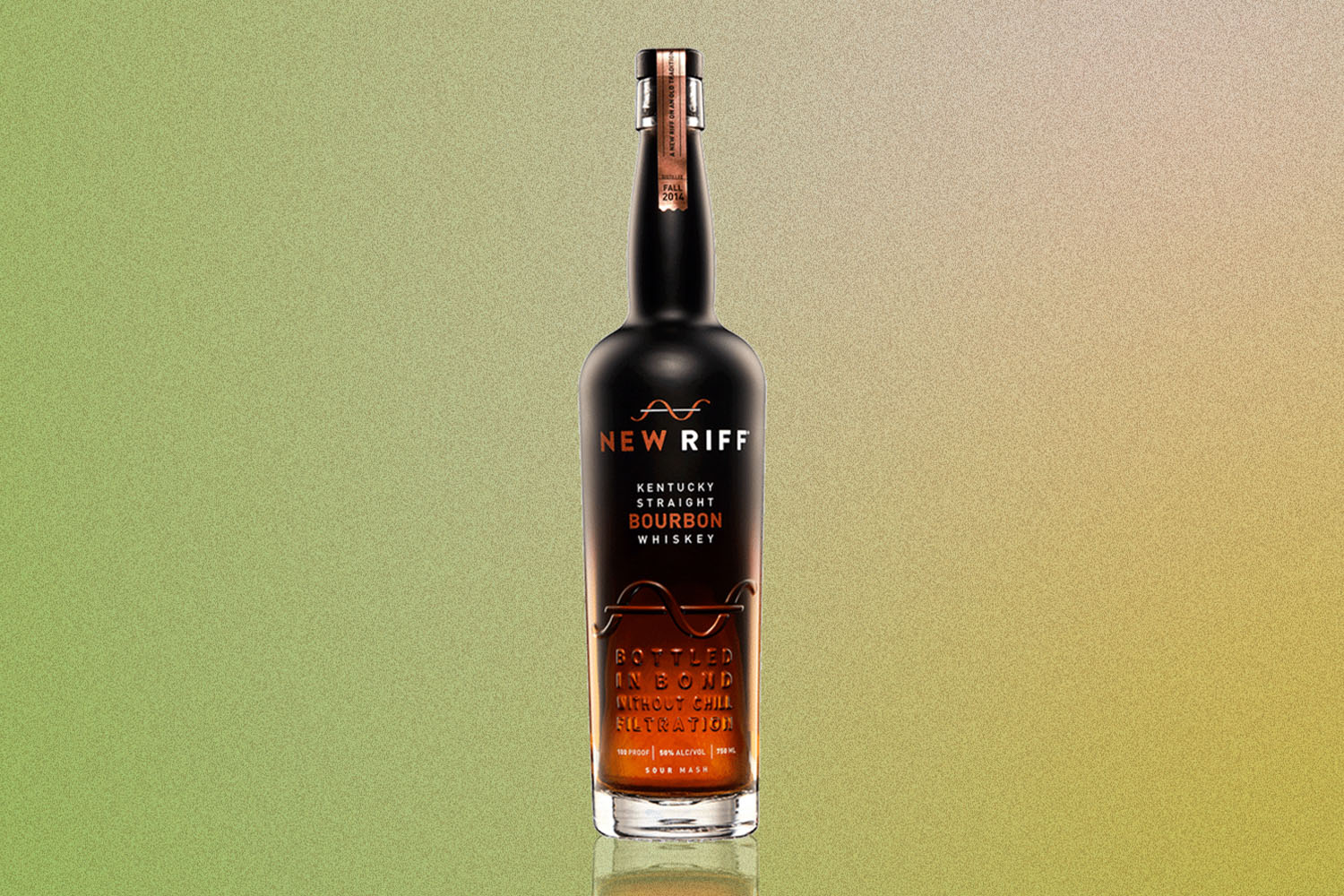
New Riff
Sour mash only, all copper stills, no chill filtration, bottled in bond: it all comes together with these Kentucky-based bourbons and ryes … and other interesting, well, new riffs on a classic spirit (see below).
Drink: We love their flagship high-rye bourbon, but Backsetter offers something unique: the bourbon and rye releases utilize backset collected from the distillation of peat-smoked malted barley, imparting a smoky note.
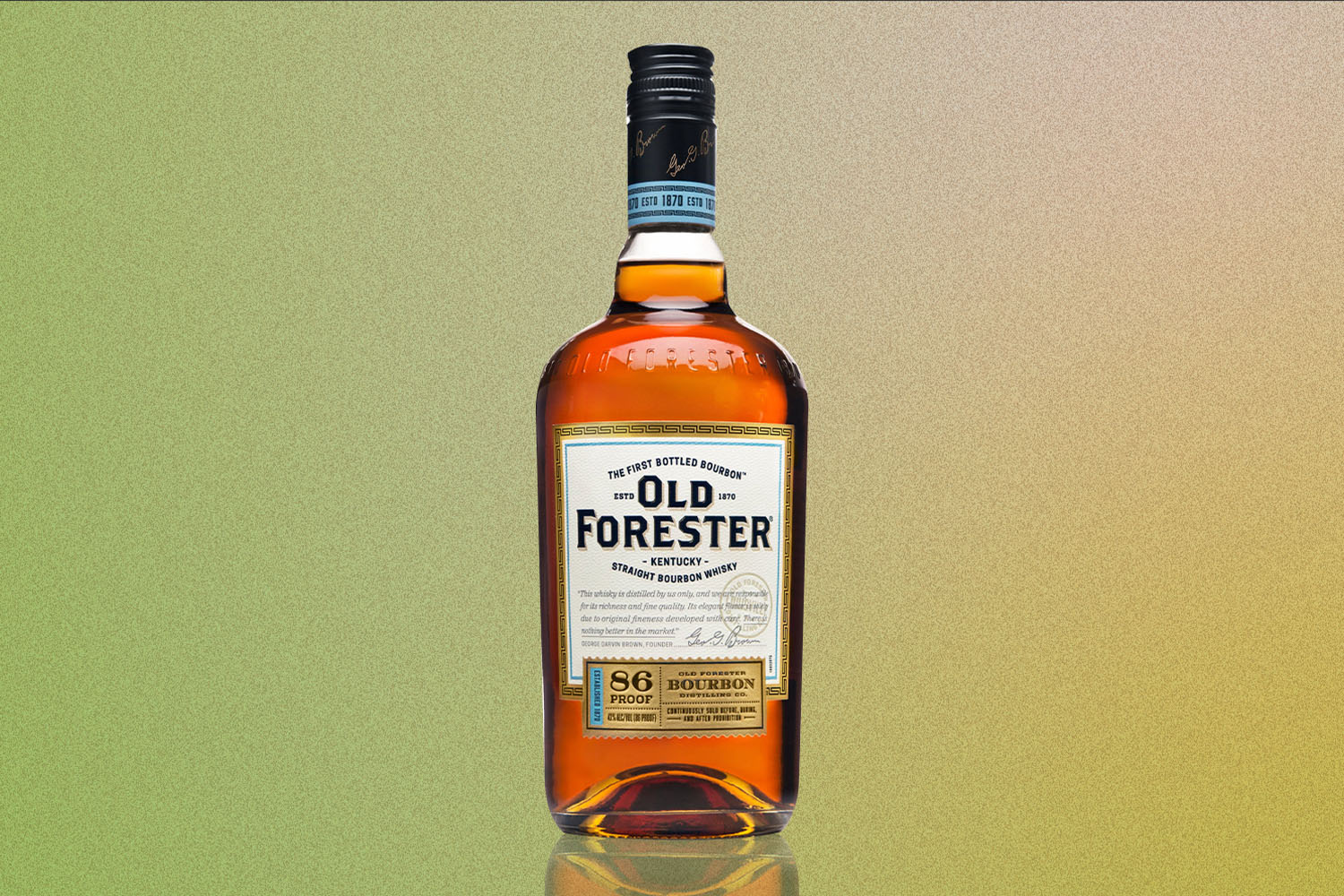
Old Forester
Old Forester has been around for 150+ years and is revered as the first bourbon to be sealed in a glass bottle. These are high-rye bourbons, and that rye adds a bit of spice. Otherwise, as the brand’s former Master Taster Jackie Zykan once told us about their famed Birthday Bourbon release, Old Forester represents the “true essence of what Kentucky bourbon is supposed to taste like: sweet on the front, spicy on the back, a little bit dry, oak forward, but balanced and palatable.”
Drink: If you can find it, the annual Birthday Bourbon releases all hail from one day’s production in a particular year — and they’re so revered that people used to camp out for them (when they could).
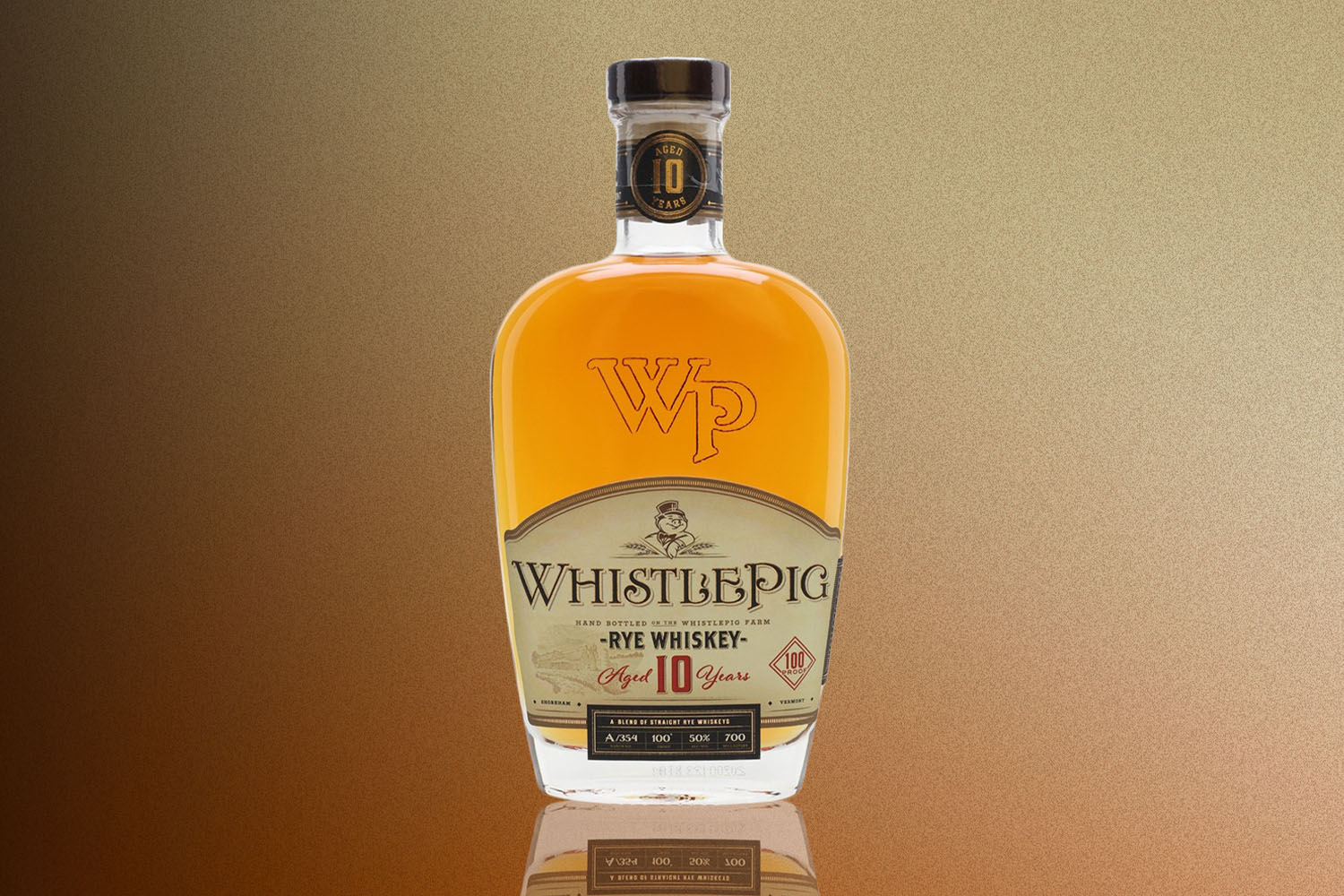
WhistlePig
This adventurous, award-winning Vermont distiller offers farm-to-bottle ryes and blended whiskeys, formerly under the tutelage of whiskey legend Dave Pickerell.
Drink: The Boss Hog IX: Siren’s Song is a single barrel release from 2022, bottled at proof and crafted by the Vermont distillery’s female whiskey makers, who were inspired by Greek muses. It’s a rye double finished in barrels that formerly held Greek fig nectar and Tentura, which the distillery describes as “a Greek style liqueur inspired by Ancient Patras.” Floral, fruity and full of baking spices, it offers a different perspective on rye.
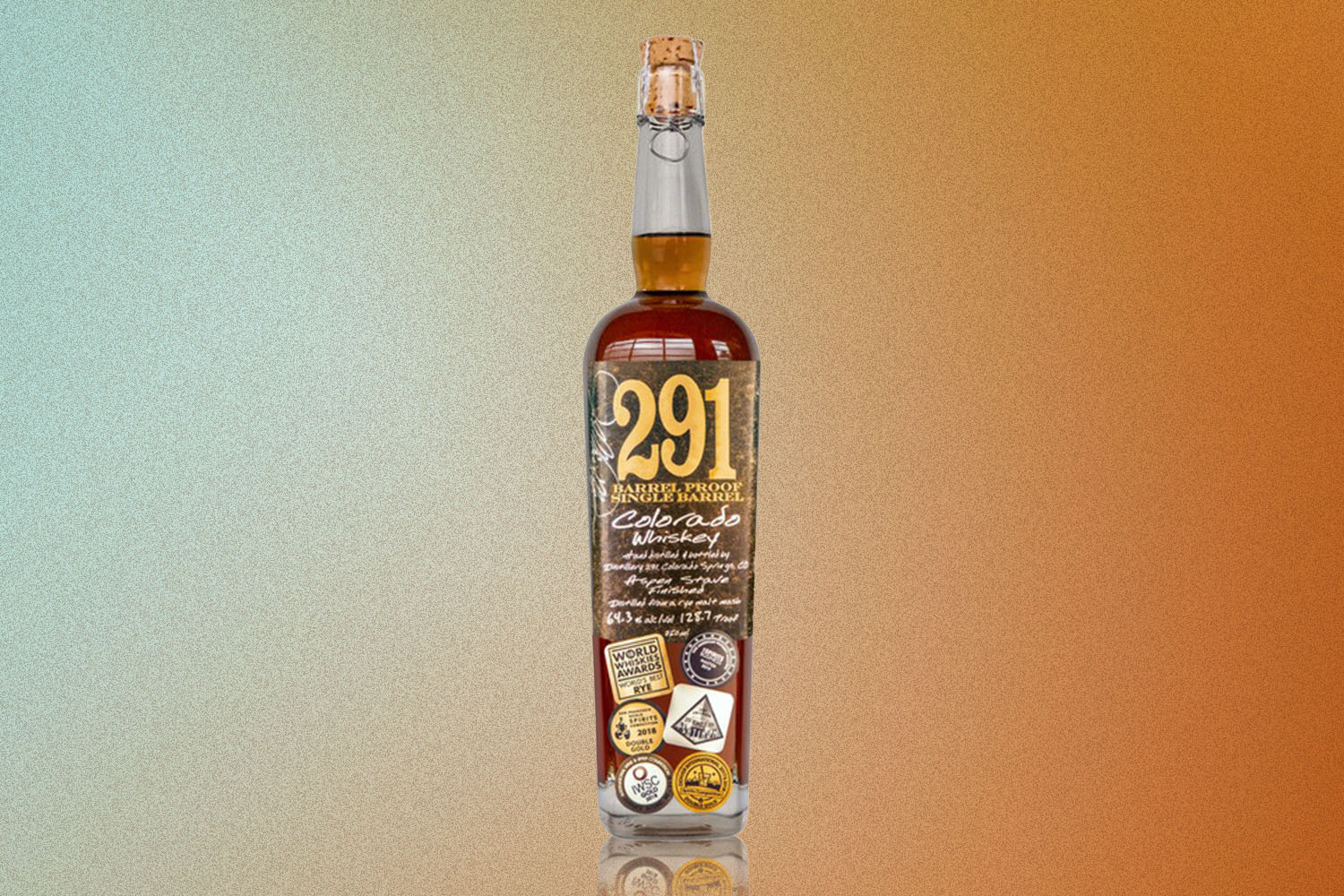
291 Colorado Whiskey
Based in Colorado Springs, CO, 291 is the brainchild of Michael Myers, a former New York City fashion and beauty photographer who changed locales and professions right after 9/11. The distillery has taken home several awards, including a World’s Best Rye from the World Whiskies Awards and multiple Double-Golds at the San Francisco World Spirits Competition.
Drink: A few years back the distillery introduced The Whiskarita® — only the fifth cocktail to be trademarked. It utilized 291 Fresh, an “Aspen charcoal mellowed” un-aged whiskey distilled in a copper pot still and made from corn, malted rye and malted barley mash. Their more traditional-aged whiskey is great, too; 291’s Barrel Proof single barrel bourbon is spicy and actually feels more like a rye.
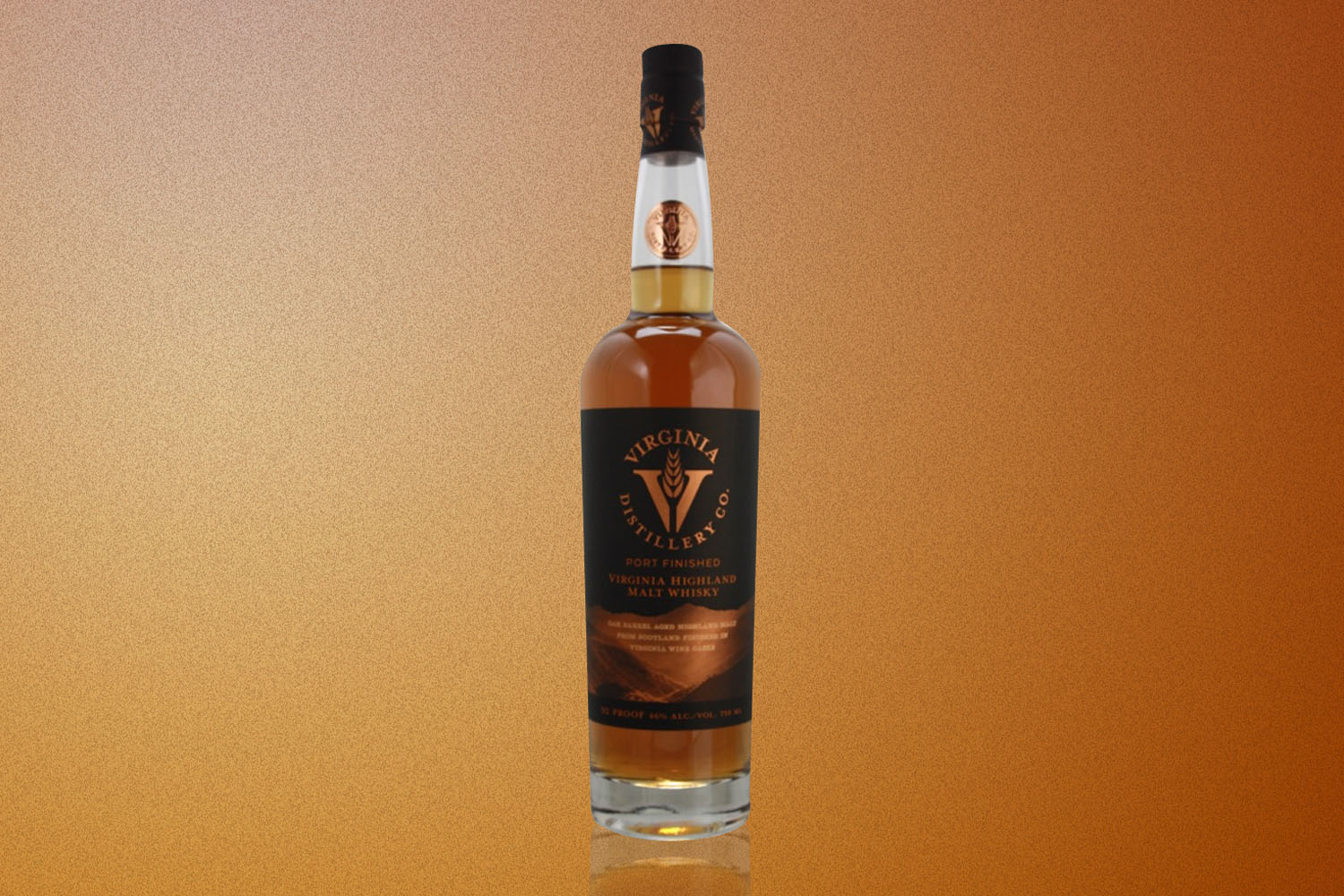
Virginia Distillery Co.
Love Scotch? This Virginia distillery might be your best stateside alternative. They’ve basically transported the methods (and pot stills) used to create a great single malt Scotch into the Blue Ridge mountains.
Drink: Courage & Conviction American Single Malt, where the 100% malted barley release is aged for a minimum of three years in bourbon (50%), Cuvee (25%) and Sherry (25%) casks.
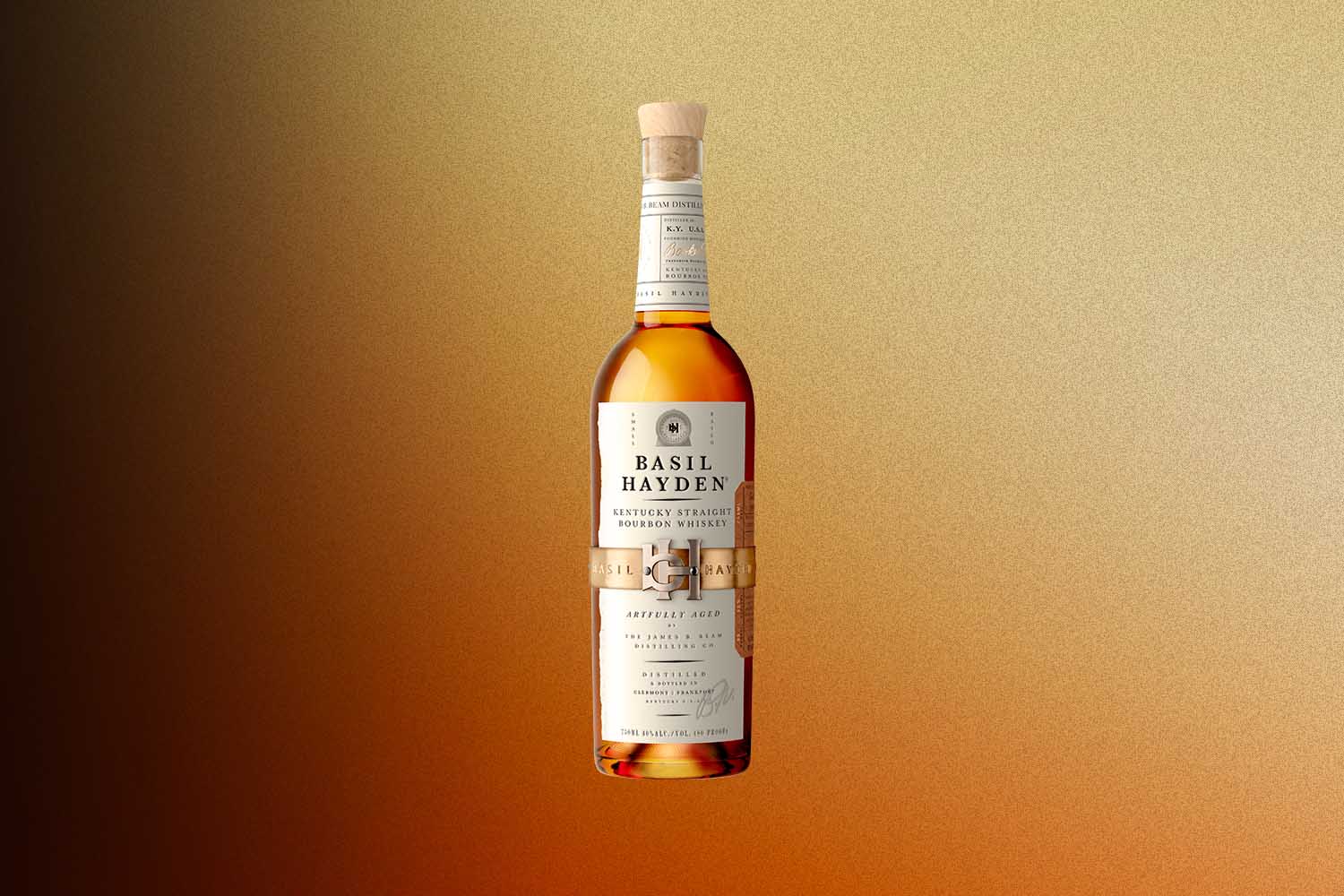
Basil Hayden
A bit more rye in the mash bill but overall a comfortable 80 proof, Basil Hayden is the most approachable (won’t say smooth!) small-batch whiskey in Beam Suntory’s portfolio.
Drink: For the Dark Rye, a touch of port (along with a blend of Kentucky and Canadian rye) lends some dried fruit notes to the sweet/spicy mix.
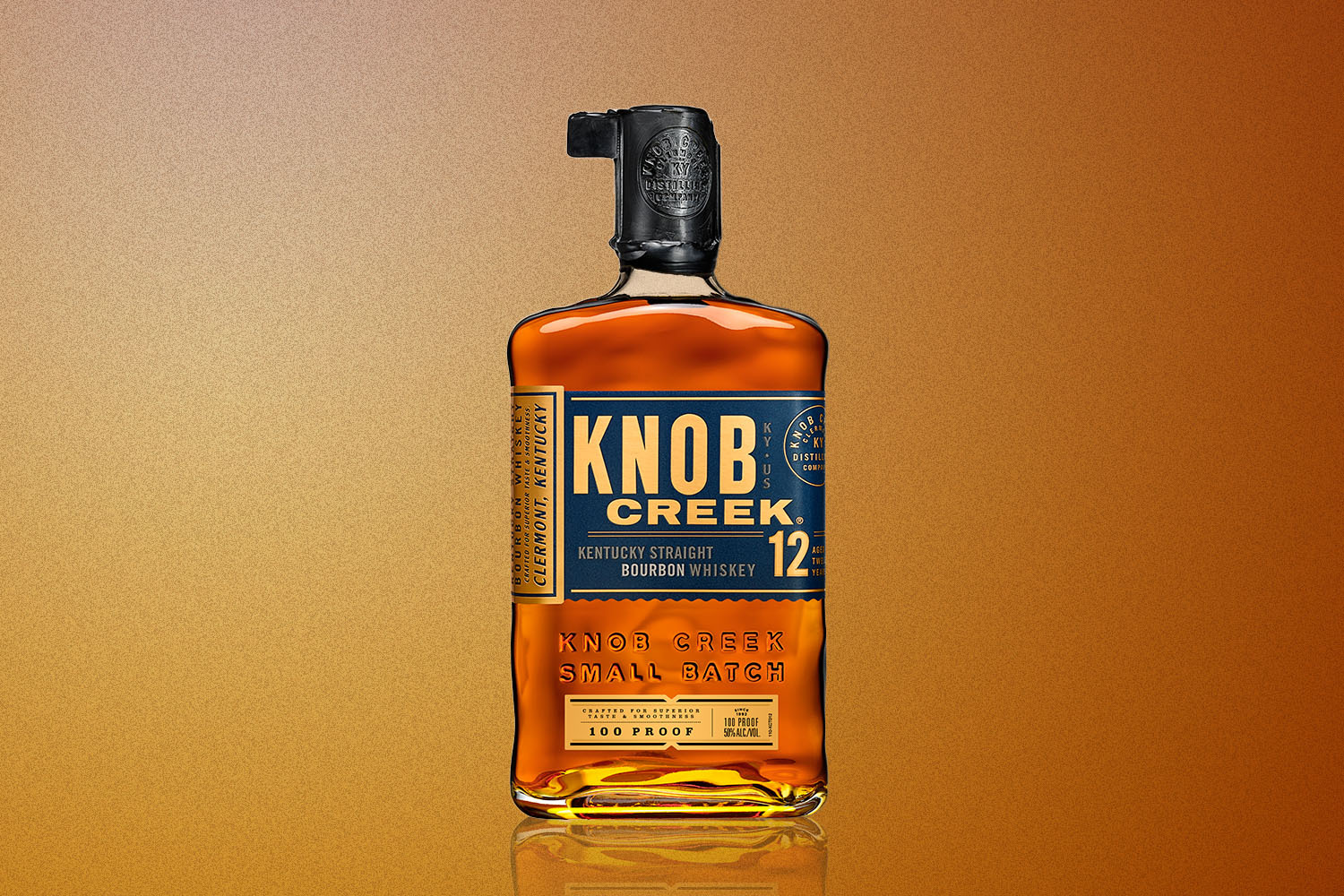
Knob Creek
Another Jim Beam distillery small-batch release, Knob Creek ages their pre-Prohibition style bourbon for nine years (and longer) and at a higher proof (with one exception, it’s 100 or higher). You probably have one of their distinctive rectangular bottles on your home bar cart.
Drink: Now a full-time addition to their lineup, Knob Creek 12-Year Old delivers more on the oak and leather notes.
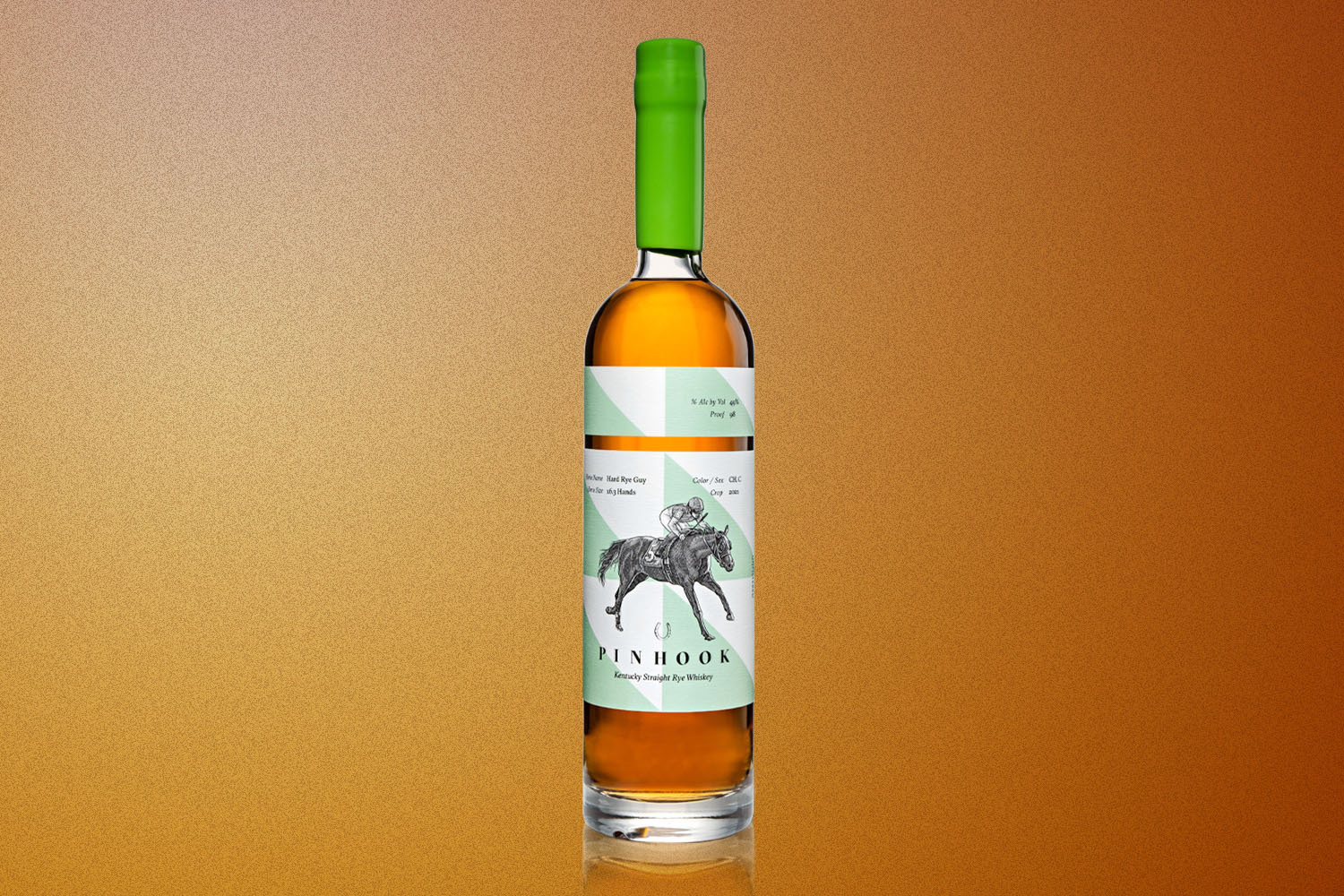
Pinhook
Pinhook’s claim is that they showcase the best attributes of each year’s crop of barrels over a consistent flavor profile — making each year a unique release, much like wine.
Drink: While only aged a minimum of two years, the 2022 vintage of its Pinhook Rye is spicy and delicious, with notes of pear, cloves, apple and black pepper. A drop or two of water really opens it up (note that for rye, there’s a good percentage of corn and malted barley in the mashbill).
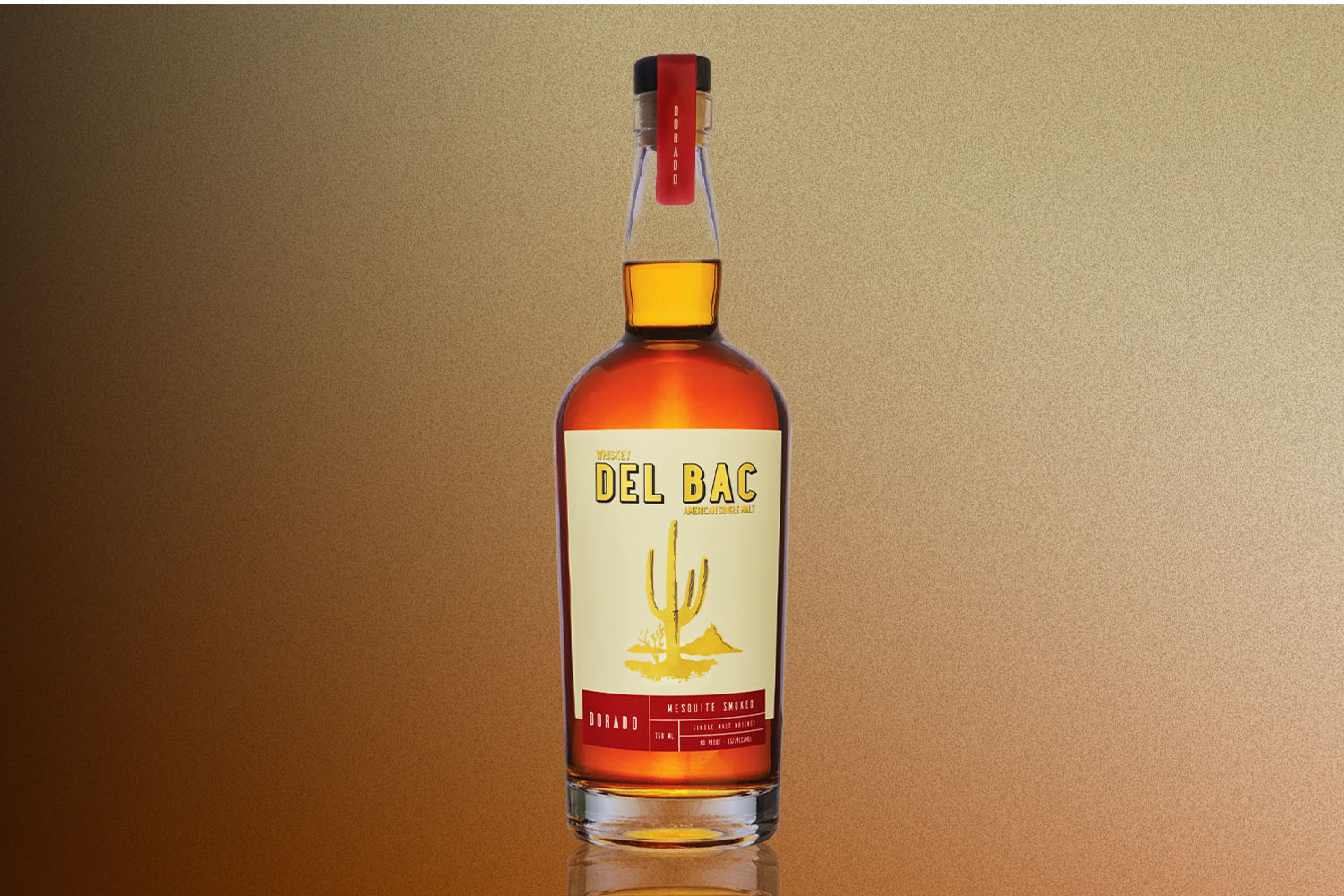
Whiskey Del Bac
A mesquite-smoked Southwest single malt, this Tucson-based newcomer only matures their juice for a year or two. The result is a perfect American answer to peated Scotch.
Drink: Their Dorado release is basically like a barbecue in your mouth.
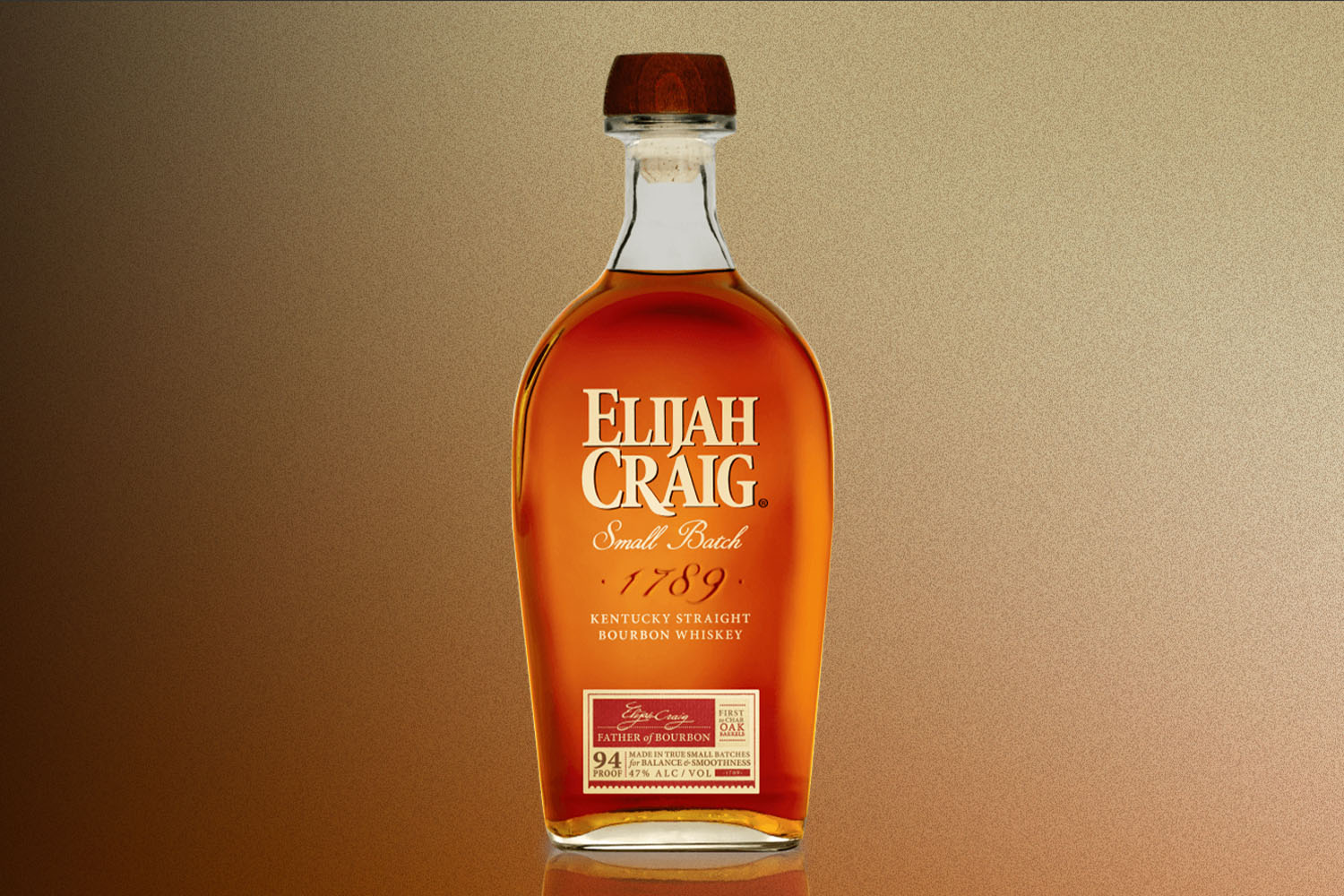
Elijah Craig
In 1789 Baptist preacher Elijah Craig started the process of aging whiskey in new charred oak barrels — or at least that’s the legend. Now under the Heaven Hill umbrella, the whiskey bearing the reverend’s name is modest in price but big on flavor.
Drink: The Elijah Craig Barrel Proof releases are cask strength and rather powerful expressions of oak, nuttiness and caramel; they also tend to win all the major awards.
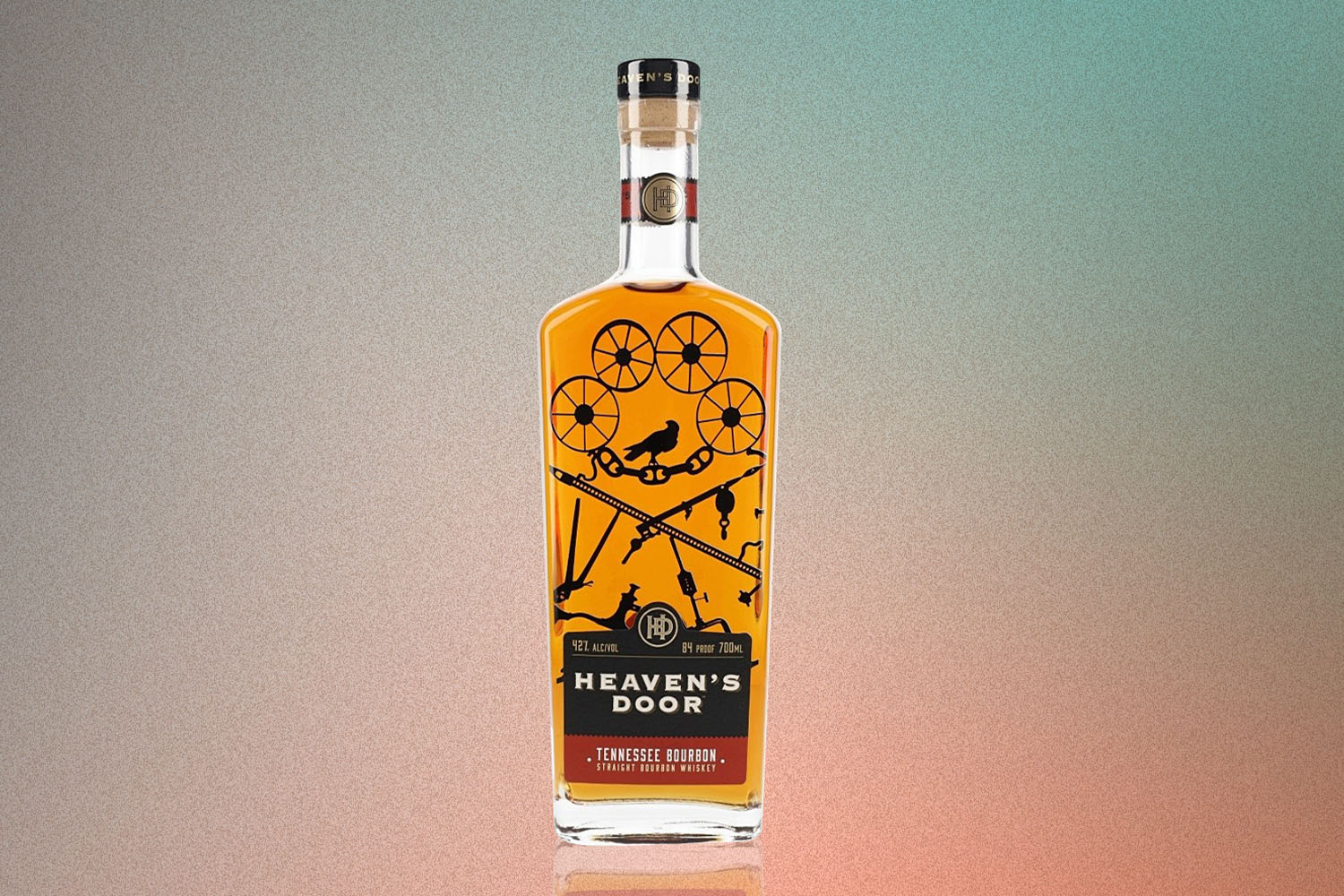
Heaven’s Door
A co-creation of music legend Bob Dylan and Spirits Investment Partnership (“SIP”), Heaven’s Door has already won numerous accolades for its American whiskey releases, including a Double Gold at the San Francisco World Spirits Competition. And Dylan plays an interesting role in the whiskey-making process (both in the design and the taste).
Drink: The Master Blenders’ Edition is a 10-year low-rye bourbon from Heaven’s Door finished in Redbreast 12-Year Old Irish Whiskey casks, which impart dried fruit, marzipan and walnut notes to the bourbon.
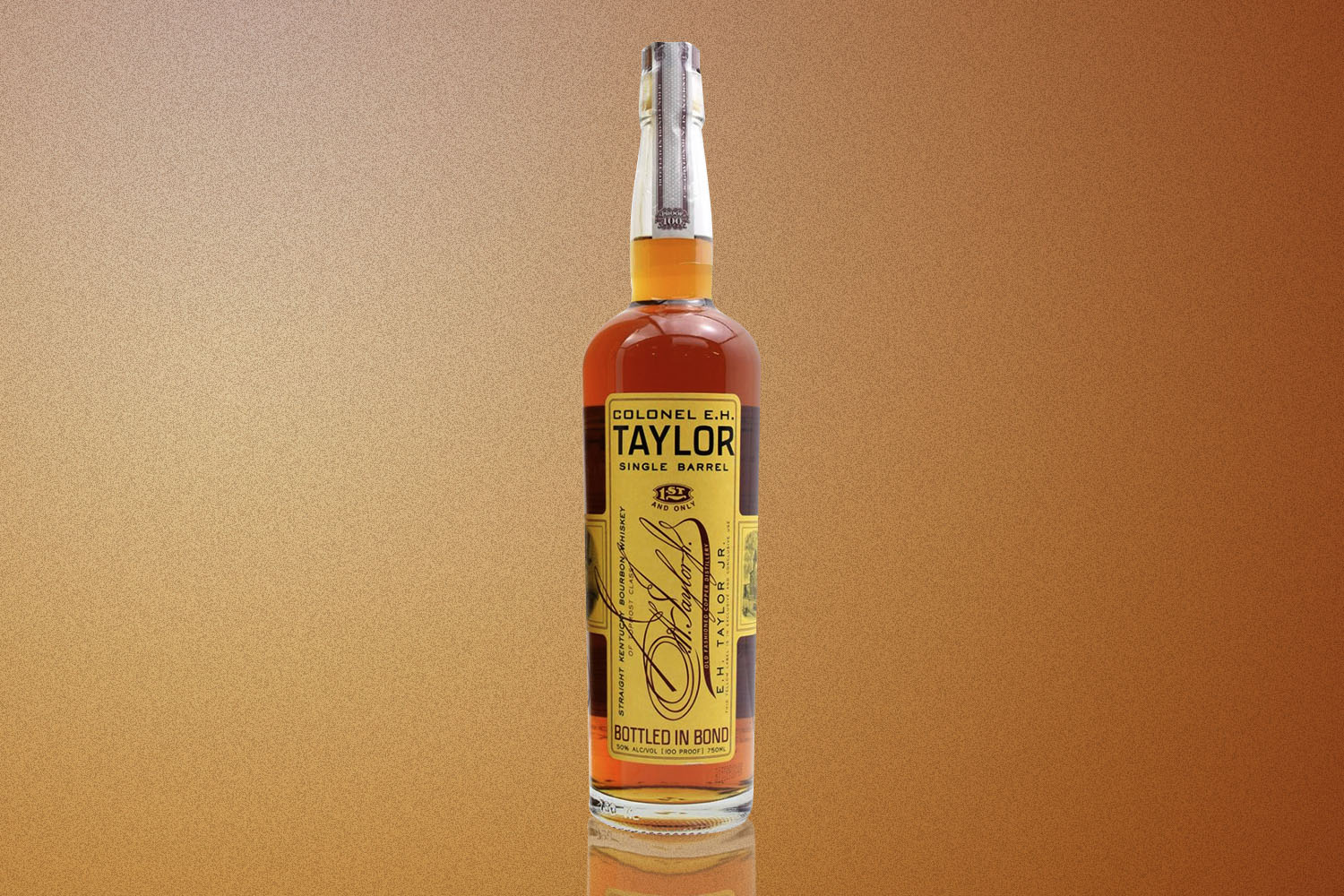
Colonel E.H. Taylor, Jr.
Col. Taylor was the distiller who led the movement for the Bottled In Bond Act — an 1897 consumer protection law that provided a government-backed guarantee to consumers that their whiskey was produced to a certain standard (not adulterated, made at one distillery in one distilling season, aged for a minimum of four years in a government bonded warehouse under government supervision, and bottled at 100 proof). The Col. Taylor brand is under the care of the Buffalo Trace distillery.
Drink: While difficult to find, the most recent Colonel E.H. Taylor Single Barrel was aged in a warehouse built by Taylor in 1881 and put in a barrel in early 2012. This limited release is sweet (almost like marzipan); expect raisin and honey with hints of tobacco and rye on the finish.
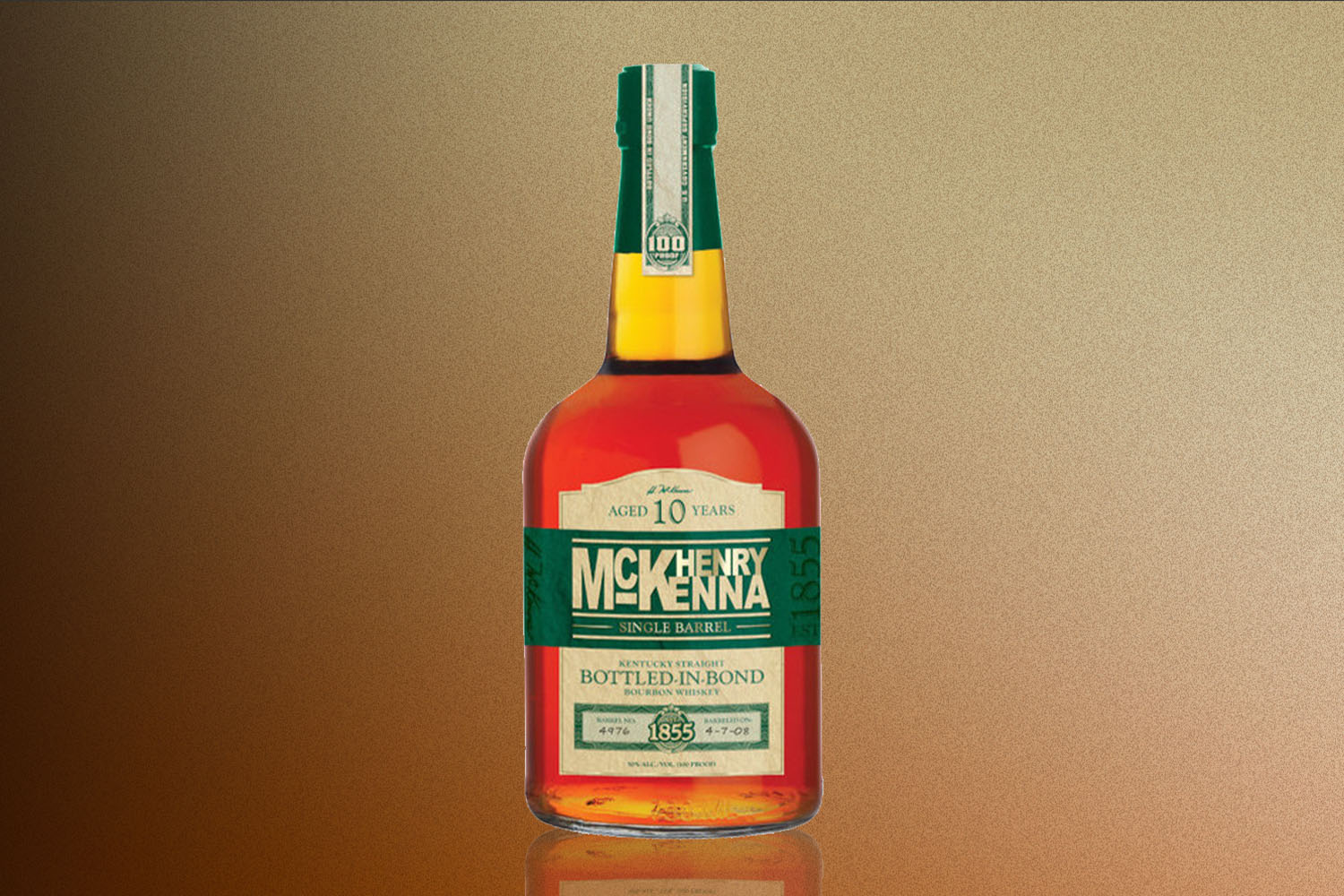
Henry McKenna
Under the auspices of Heaven Hill, this inexpensive bottled-in-bond bourbon surprisingly won the 2019 San Francisco World Spirits Competition for Best in Show, only the second bourbon to ever take home the honor.
Drink: Their Single Barrel Bourbon is one of the longest-aged Bottled-in-Bond spirits available today, a sweet and spicy sipper with notes of honey, vanilla and spice.
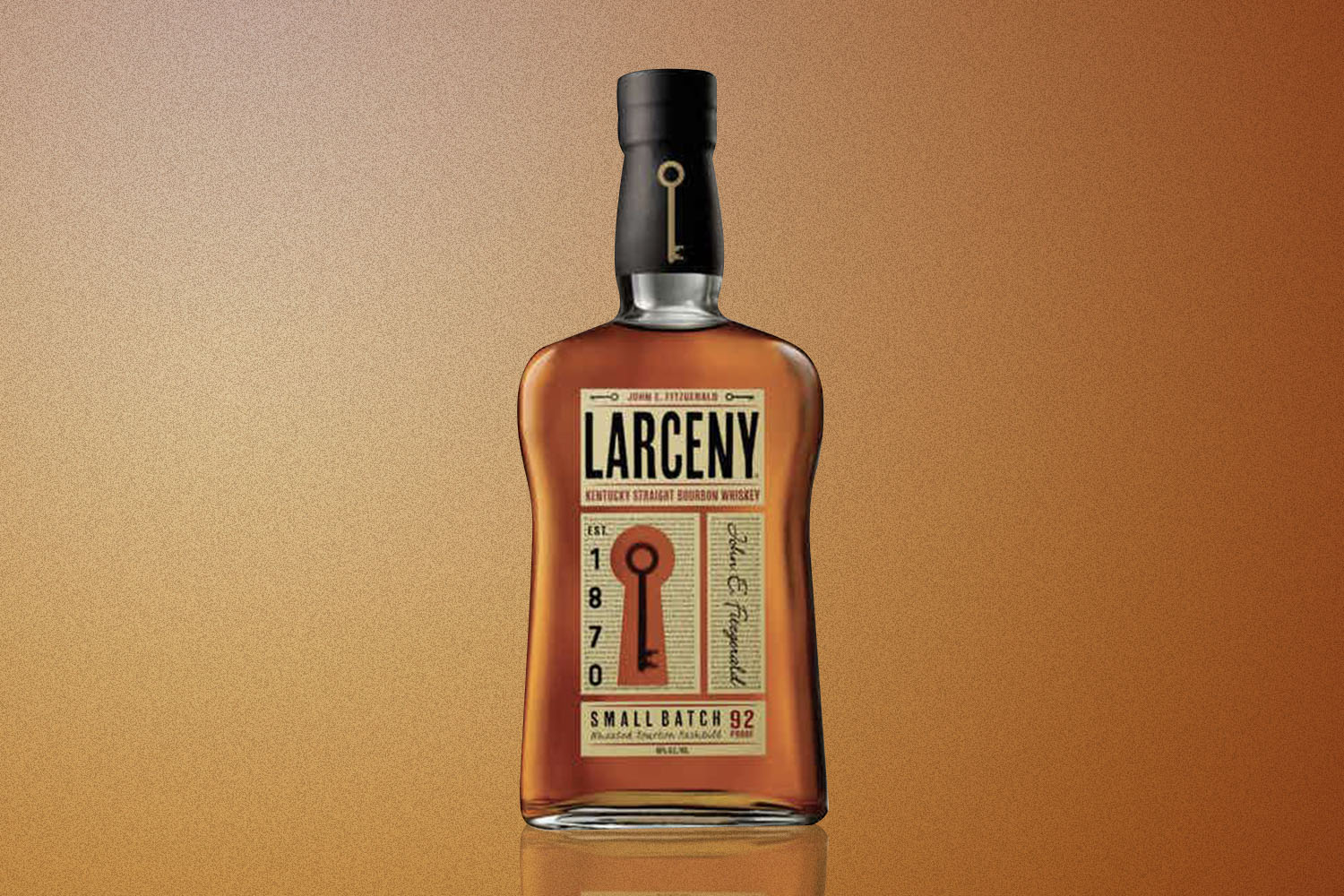
Larceny
One of the better-known wheated whiskeys, this Heaven Hill brand and worthy Pappy alternative won Whisky Advocate’s best whiskey of 2020.
Drink: Their flagship Small Batch release is a touch too smooth for us. But that award-winning Barrel Proof release (that’s 122+ proof) adds a nice kick to the sweetness.

Kentucky Peerless Distilling
Non-chill filtered, sweet mash, barrel proof — there’s a lot to like about this relatively “new” brand that actually started in the 1880s (the family business effectively shuttered around 1917 but was revived in 2015). Whatever the age, the Louisville distiller already offers what we called a tantalizing collection of single-barrel, cask-strength bourbon and rye whiskeys.
Drink: The notched, heavy glass bottle design of their flagship bourbon stands out, as does the soft and sweet flavor profile.
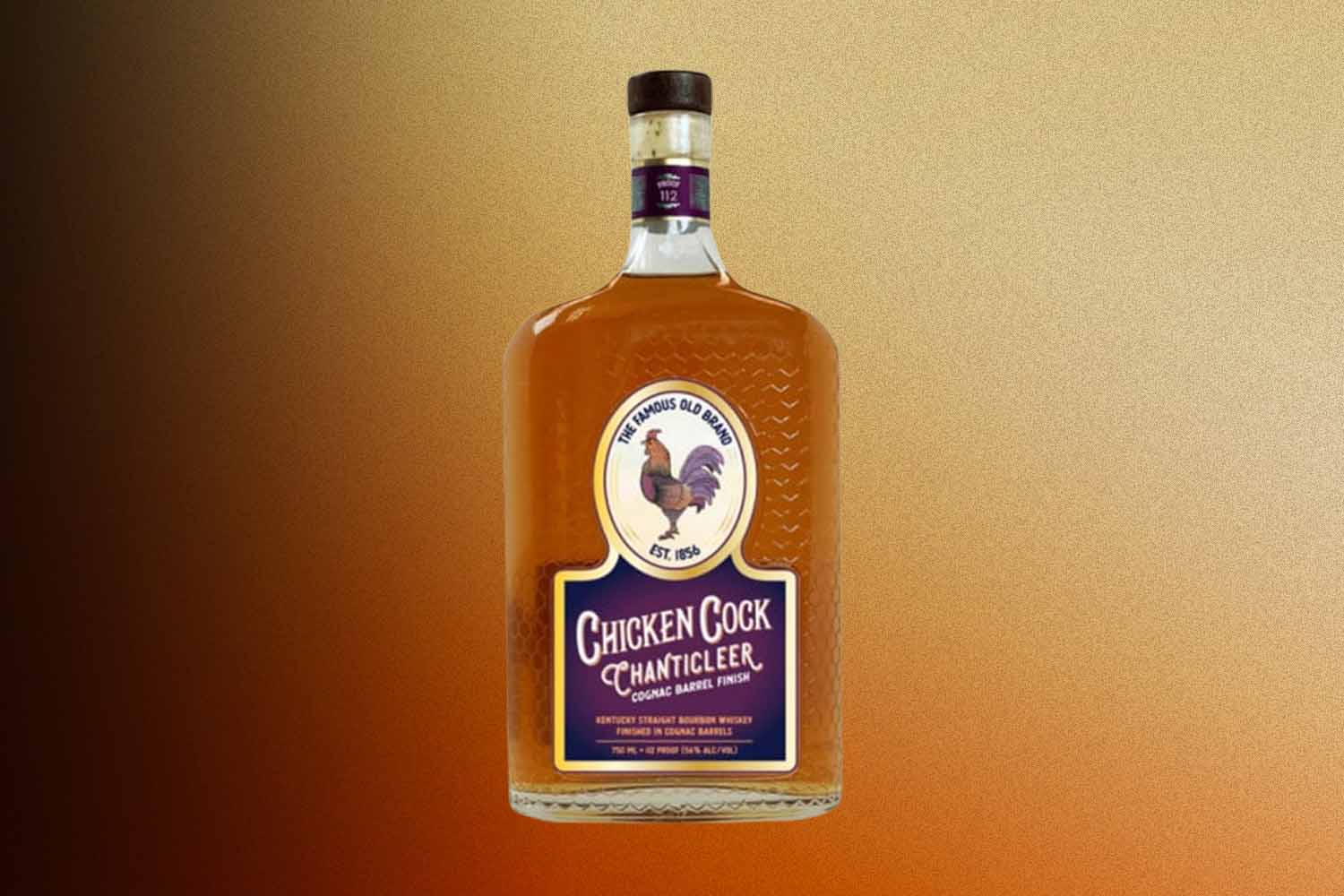
Chicken Cock
Laugh all you want, but Chicken Cock is a whiskey brand that dates back to the 19th century (and revived in 2012). It originated in Paris, KY, and got its nickname (“the whiskey in a can”) because it was smuggled into speakeasies during Prohibition in tin cans.
Drink: Chicken Cock Chanticleer is a Kentucky straight bourbon finished in French Cognac barrels and bottled in a Prohibition-era Chicken Cock replica apothecary-style bottle at 112 proof (56% ABV), featuring a mash bill of 70% corn, 21% rye and 9% malted barley. A lot of butterscotch candy notes here, with a hint of raspberry and a fair amount of rye spice and tobacco.
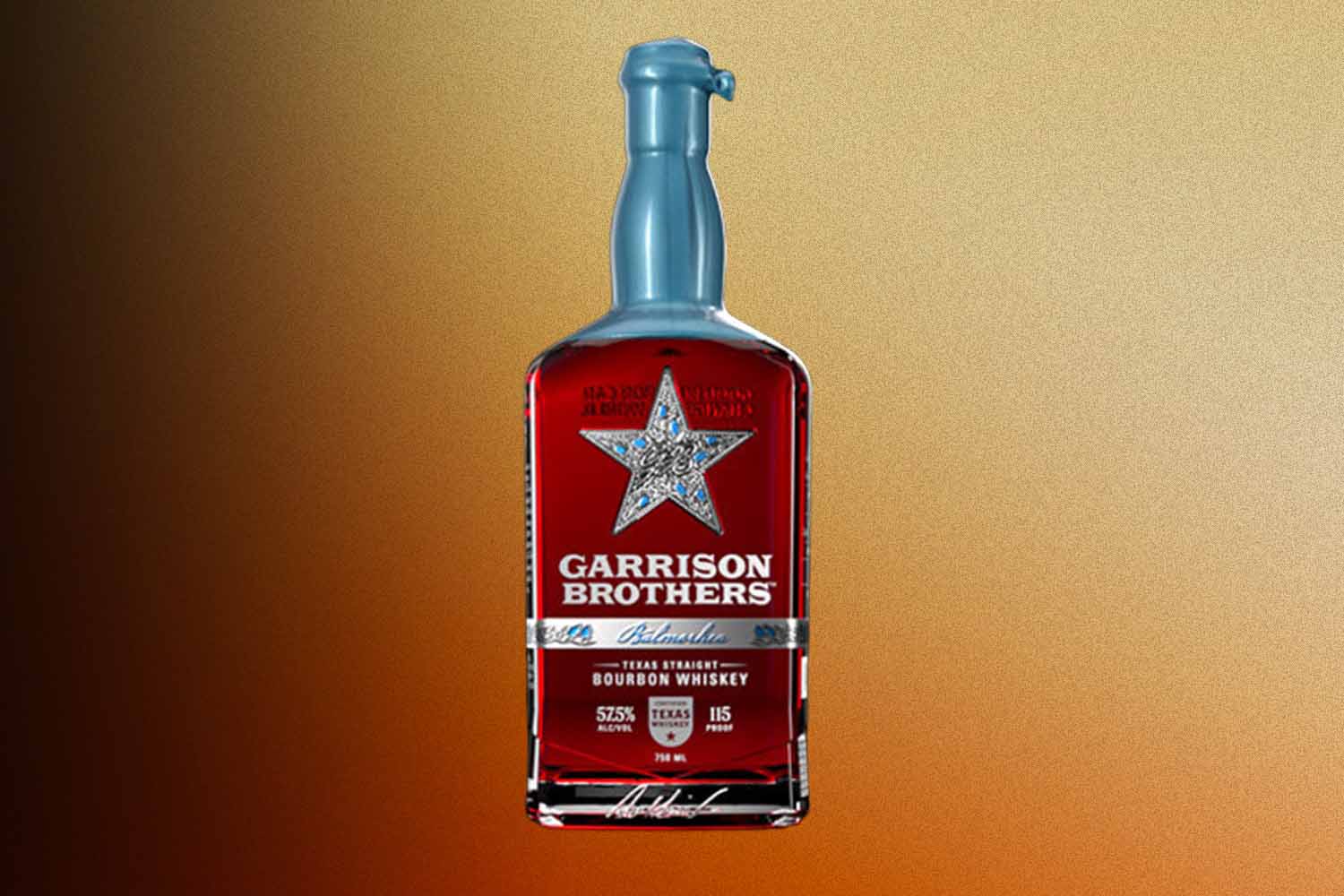
Garrison Brothers
The crafters of Texas’s first legal bourbon, launched in 2010, have Texas’s intense heat on their side. As well, the corn and red winter wheat in the mashbill is sourced from within the state and the distillery utilizes a rare sweet mash method of fermentation to create some incredibly flavorful bourbons.
Drink: Balmorhea is a 115-proof Texas straight bourbon that’s double oaked: It spends four years in a new American white oak barrel, then another year to a different new American white oak barrel. A major award winner (the distillery estimates it’s taken home 40 award wins since 2019, ten of which were Gold or Double Gold medals), Balmorhea — named after a swimming hole south of Pecos, TX — is almost like fudge on the nose, with that cocoa sweetness carried through the palate (along with notes of cinnamon, honey, toasted oak and dark fruit).
Join America's Fastest Growing Spirits Newsletter THE SPILL. Unlock all the reviews, recipes and revelry — and get 15% off award-winning La Tierra de Acre Mezcal.
